Al-Ahli Atbara vs Al Ahli Wad Medani
I left the pyramids of Meroe together with Ahmed and Edin who continued their trip to the North and offered me a space in their car. First, we’ve stayed in Atbara, a city without any remarkable sights
Further north
I decided to rest one day in Atbara to digest the impressions of the past days. Ahmed and Edin continued North to Karima where more pyramids, temples and a magical table mountain are to be found. Edin offered me to join them in Karima. Not only did they wait for me there https://puttygen.in , but also showed the sights to me before we continued to Dongola the next day. Travelling together with Ahmed and Edin made my life much easier. Using public transport takes a lot of time as buses usually do not depart before they are full. In addition, many sights cannot be reached with public transport and a taxi is the only option.
Not having a mosquito net with me resulted in some terrible nights. I assumed mosquito nets are a standard addition to any bed, the same way as in other African countries I’ve visited so far. I was wrong. Probably because malaria is not an issue in Central and Northern Sudan, mosquito nets are not seen as essential. I bought a rectangular shaped mosquito net in a local pharmacy, but without the proper mount, this type of net doesn’t help a lot. Edin had some rope and we improvised, so I only had around ten bites this night instead of the usual hundreds. Fortunately, in some places, there were no mosquitos at all, like on Sai, an island surrounded by the Nile, where we spent one night.
The temple of Sesibi, as well as the temple of Soleb, are located on the on the Western side of the Nile while the highway runs on the Eastern side. As the region is very sparsely populated, there are no bridges and only a few ferries cross the Nile. The ferries are where all threads run together. They make a good place to get in touch with people.
We reached the temple of Sesibi in the afternoon. While we were looking at what remained from the temple (which, honestly, is not too much), four men showed up out of nowhere. One told us the story of the temple and the other knew a place where to spend the night, a perfect combination 🙂 The Tourist Motel was built in a traditional way with great attention to detail, something I have not seen in any hotel in Sudan so far. That made me wonder about the price. I heard about expensive tourist locations charging up to 150$ per night. A look in the well equipped, but dusty rooms gave me the impression that we must be the first guests there since a couple of weeks, if not months. While we were looking at the rooms, a convoy of five Landcruisers and Pick-ups arrived and the motel filled up with armed soldiers and policemen accompanied by a camera man. A minister was paying a visit to the motel to inspect the facilties. Although there are virtually no tourists in the country, a lot of attention is paid to tourism with a dedicated Ministry for Tourism & Wildlife. Was it not for the minister stopping by this day, the place would have been deserted like most times in the past. The Lonely Planet author found the doors closed. Muaz, the man who showed us the motel, and Mohamed organised food and asked a lady from the next village to cook for us. After we had a delicious chicken with rice, Muaz and Mohamed left and we had the motel for ourselves. Btw, we were charged just a typical local hotel fair of around 300 Sudanese Pounds for a room for three. This is approx. 12€ according to the current black market exchange rate of 24 SDG = 1 EUR. The official exchange rate is 7 SDG to 1 EUR, but is only theoretical as no bank exchanges foreign currency into Pounds. Luckily, someone with pockets full of devaluing Sudanese pounds looking for foreign currency is always around. Changing Euro was never a problem, but one generally gets better rates for US Dollar.
A gold mine
Next to the highway we saw a dust cloud over a city of tents and shacks where a gold mine is located. Ahmed insisted that we get a permission before taking a closer look. We remembered that we had met the regional head of security services and thought that he might be the right person to ask. Fortunately he was in his office, a room with two beds, four chairs and a turned-on TV. While Johnny English was chasing a bad guy, Ahmed explained our wish for a visit in the gold mine. The security officer knew a colleague who works in a village close to the gold mine and knows the security officer at the gold mine. At the gold mine, we had to re-confirm that we’re ordinary tourists and not journalists researching a story about terrible work conditions. In fact, the work conditions are harsh. Grinding the rocks creates a lot of dust and only few people wear proper dust masks. The next step after grinding is to extract the gold from the powder using washing pans to which mercury is added in order to create an amalgam with gold. In spite of the hard work https://ihah.hn/buy-acetaminophen-codeine-online/index.html , the people were eager to show us around and answer our questions. Unfortunately, we were not allowed to take pictures of the latter processing step.
Around Kerma
The village of Tumbus, north of Kerma and close to the third cataract on the river Nile, was a pleasant surprise. Muaz, who took care of us in the motel near Sesibi, had shown us some dust covered pictures, one showing an overturned statue in a very good condition. According to him, we should find it in Tumbus. I marked an archeological site in Tumbus in my map, but this turned out to be nice hieroglyphs. The whole area around Tumbus was a granite quarry resembling the place in the picture Muaz showed us. Before we found the statue, Edin found a rock offering a surprisingly beautiful view over a part of the third Nile cataract. Next day Number Search , we decided to take a short boat trip to explore this beautiful part of nature.
I want to thank you for your encouraging messages and comments. Your feedback is much appreciated and keeps me working on the blog after long and eventful days.I want to thank you for your encouraging messages and comments. Your feedback is much appreciated and keeps me working on the blog after long and eventful days.
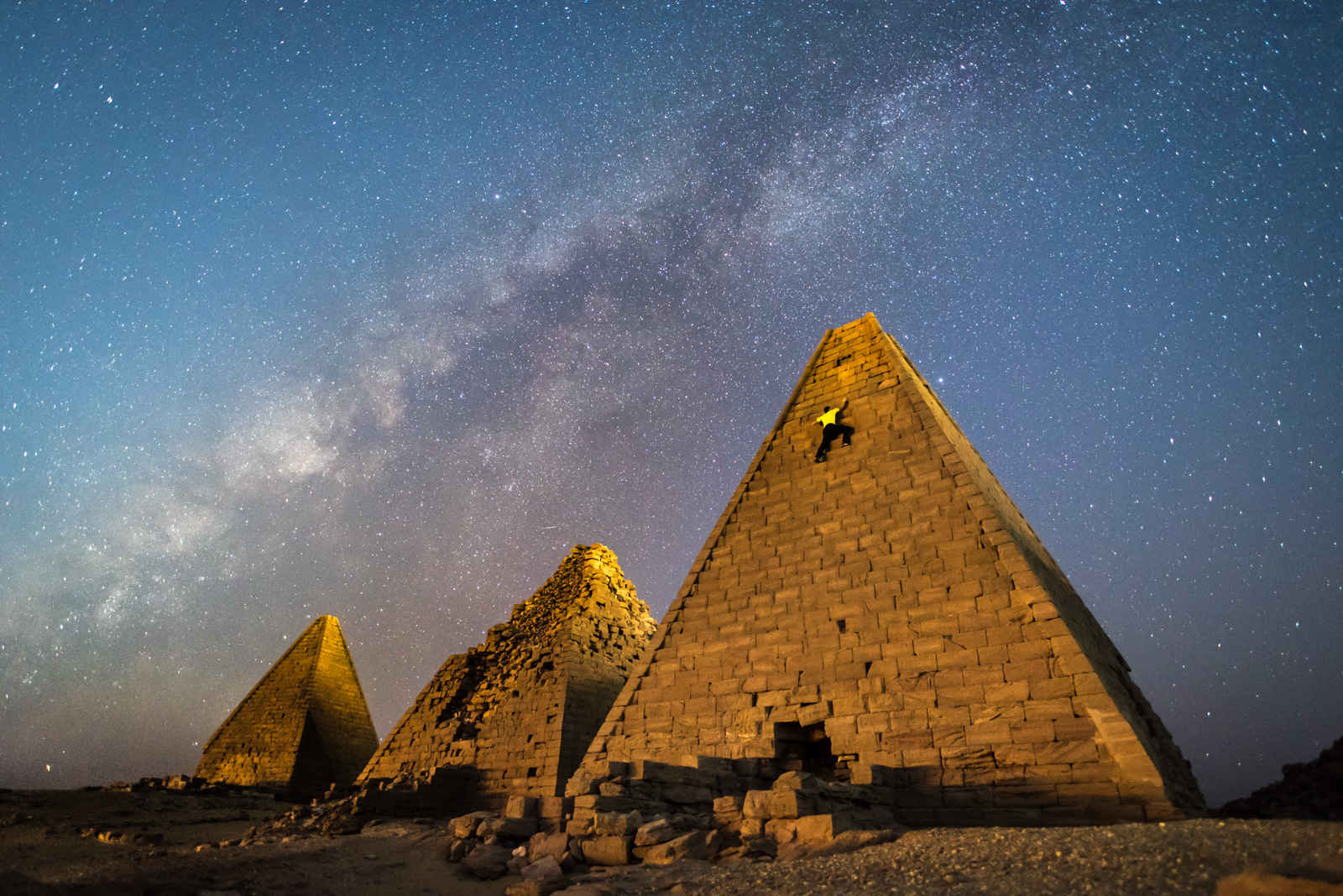
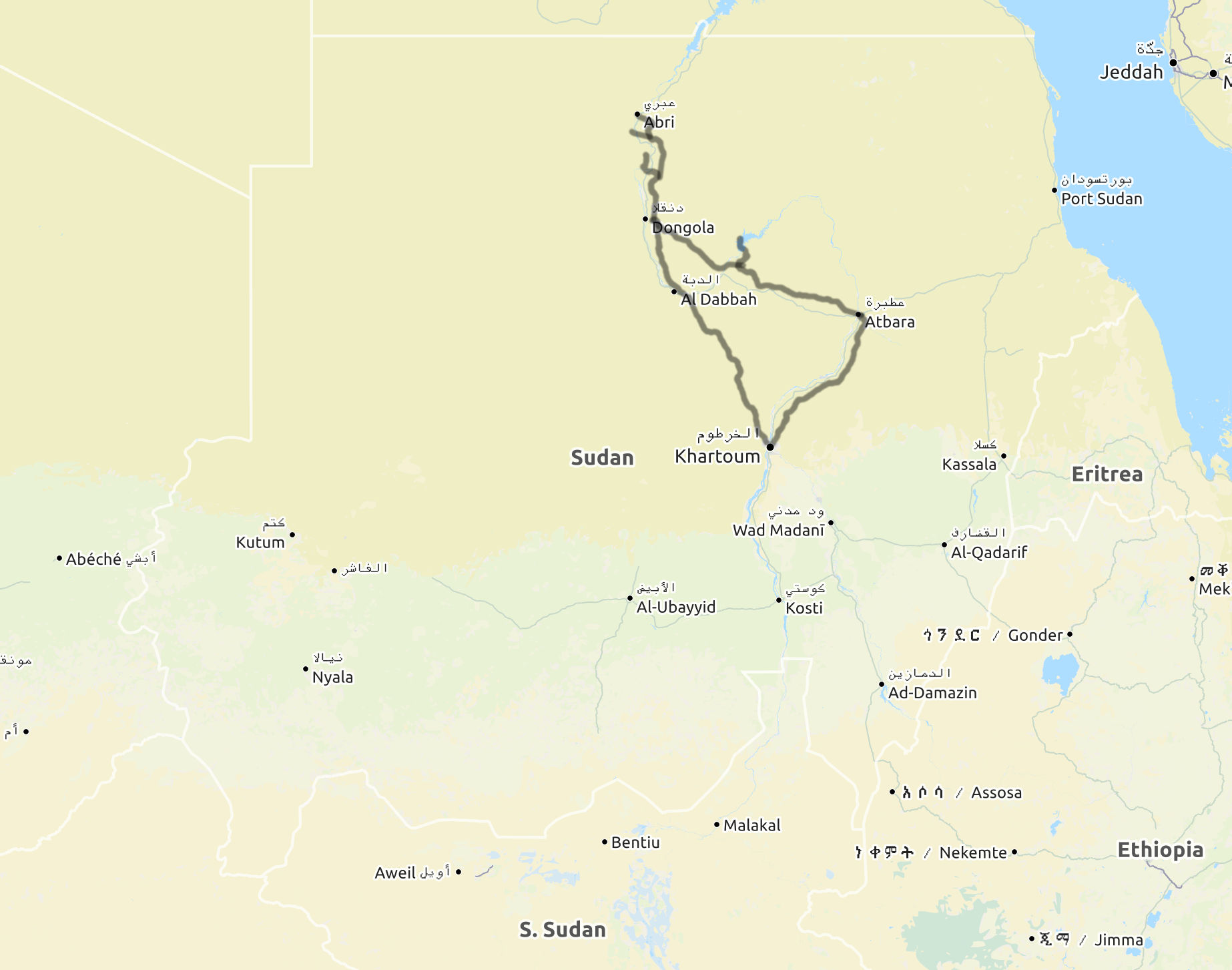
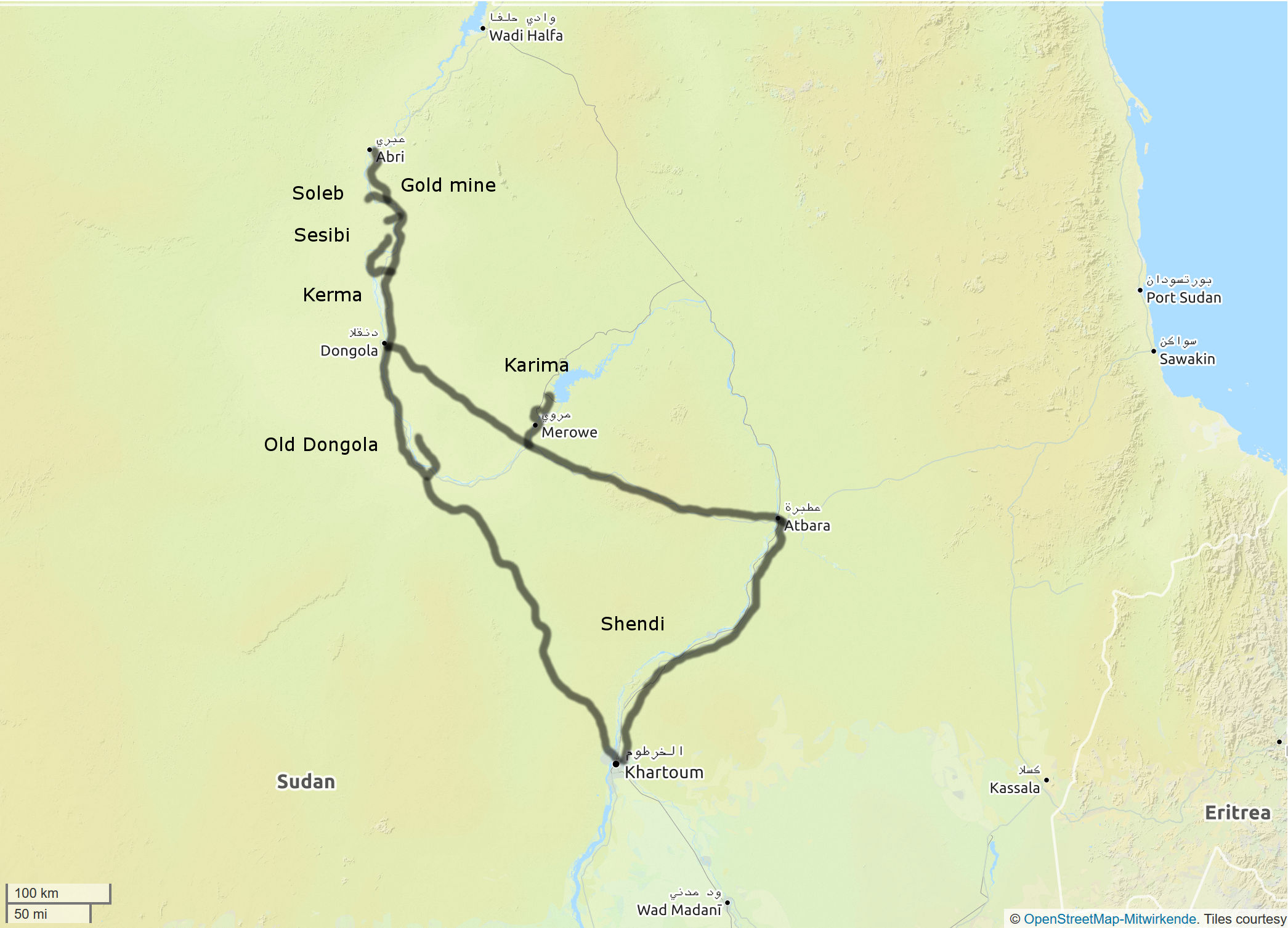
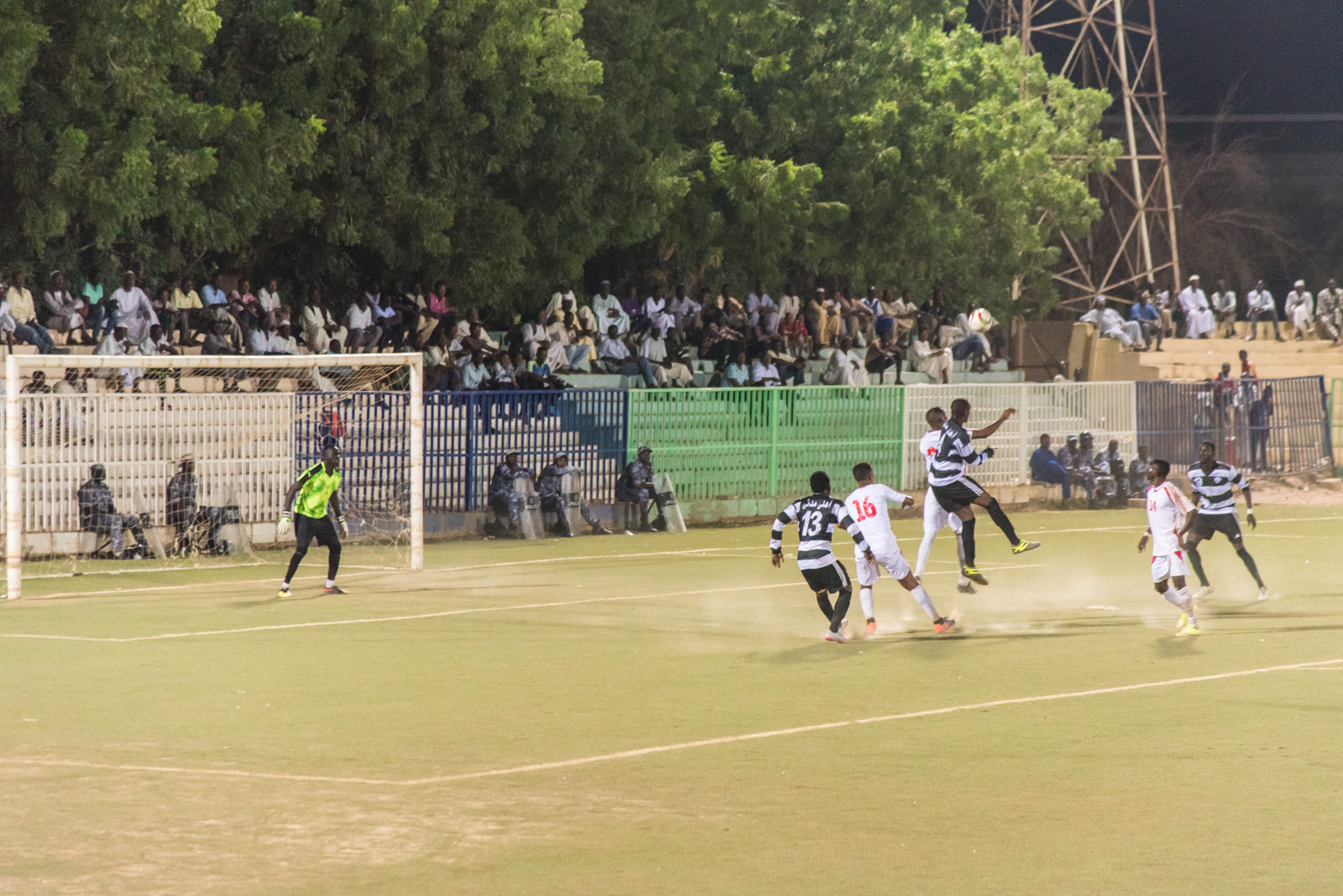
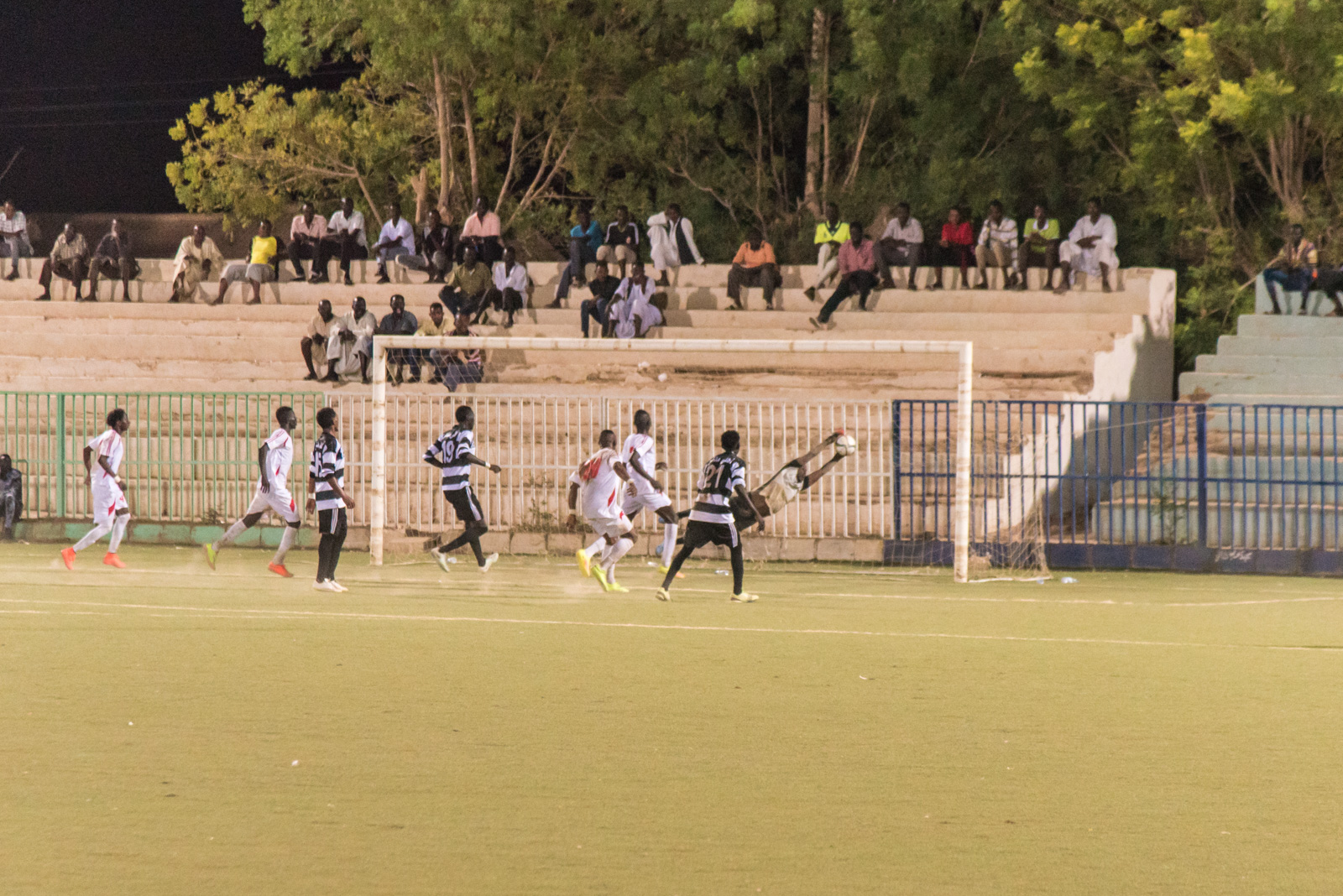
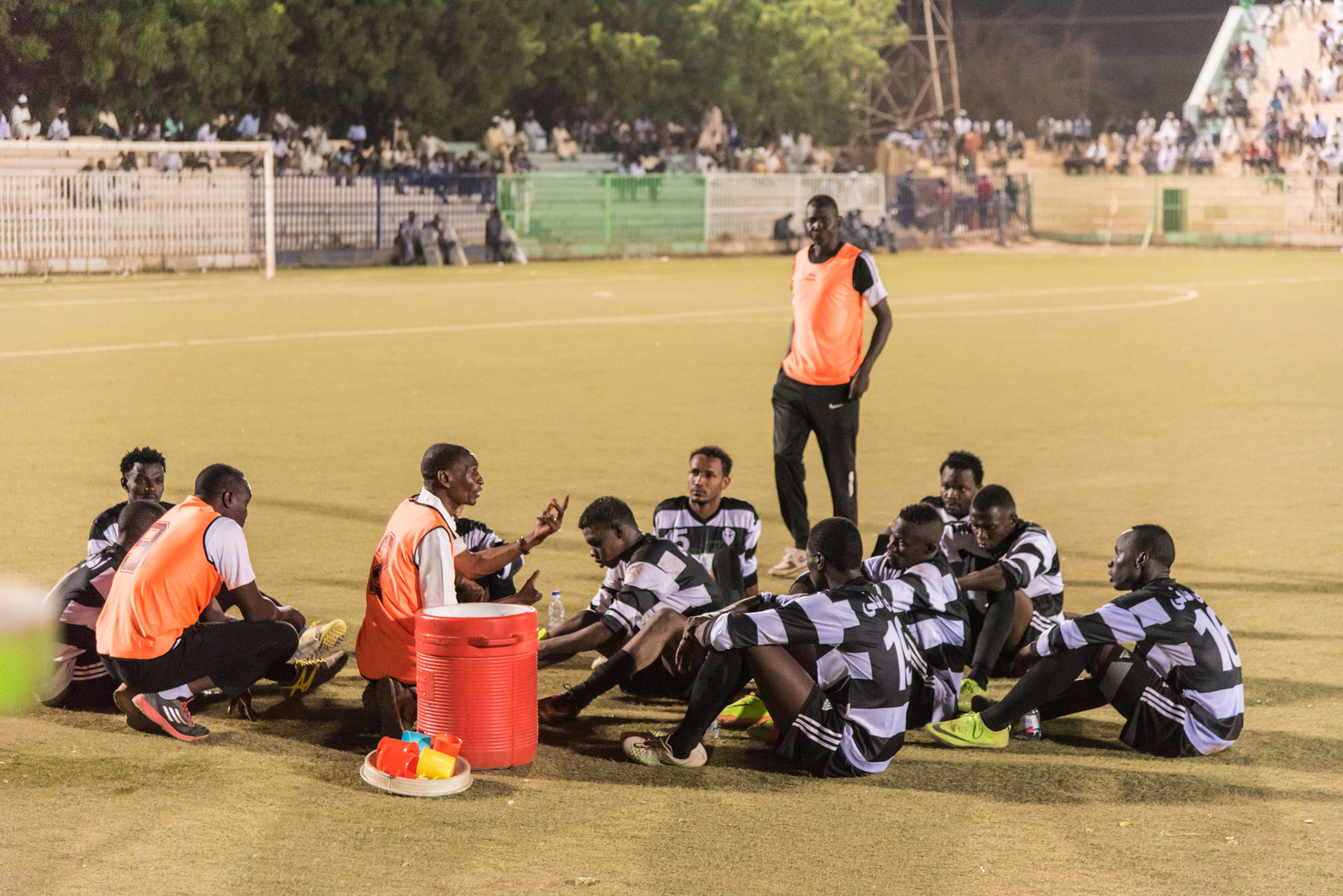
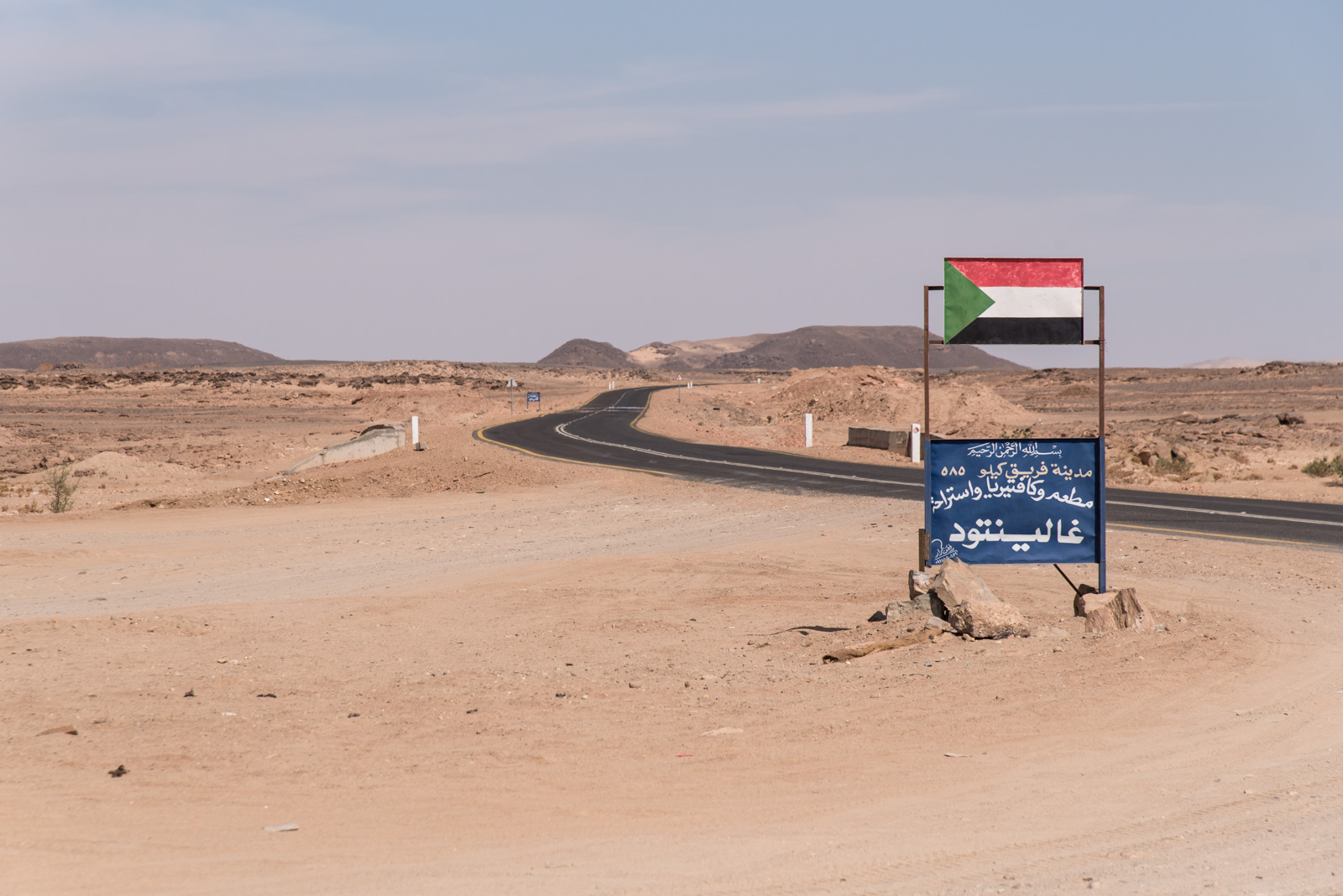
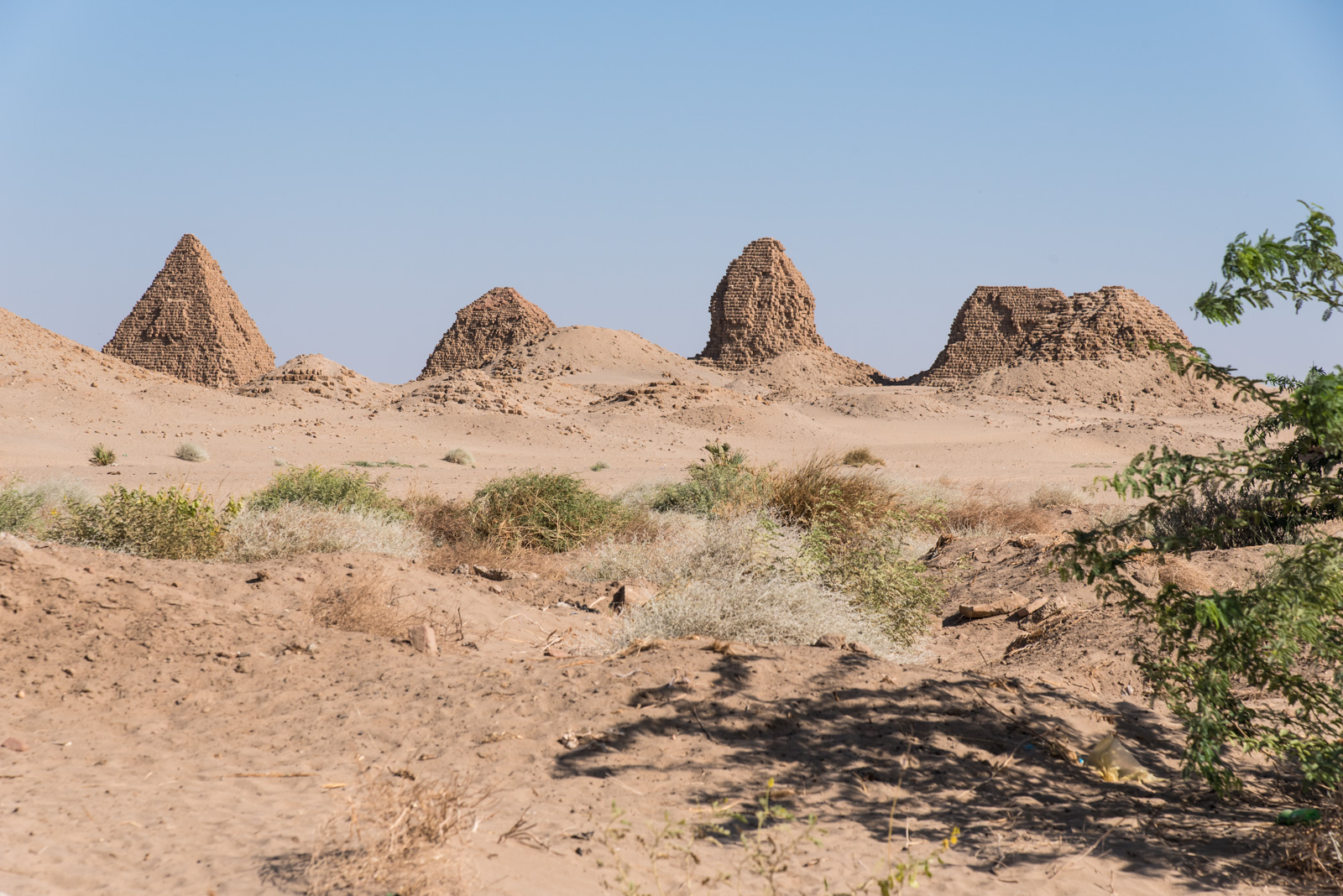

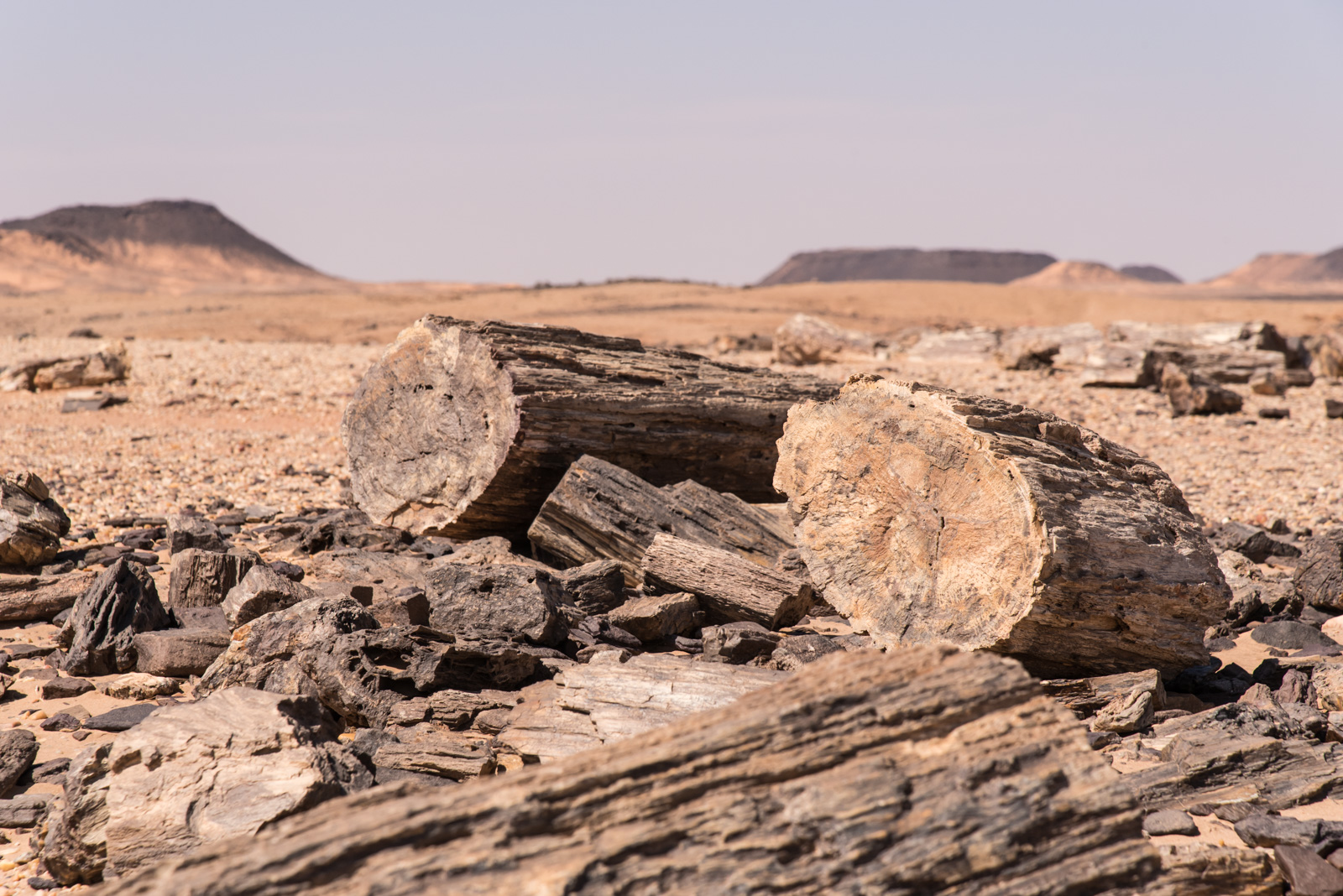
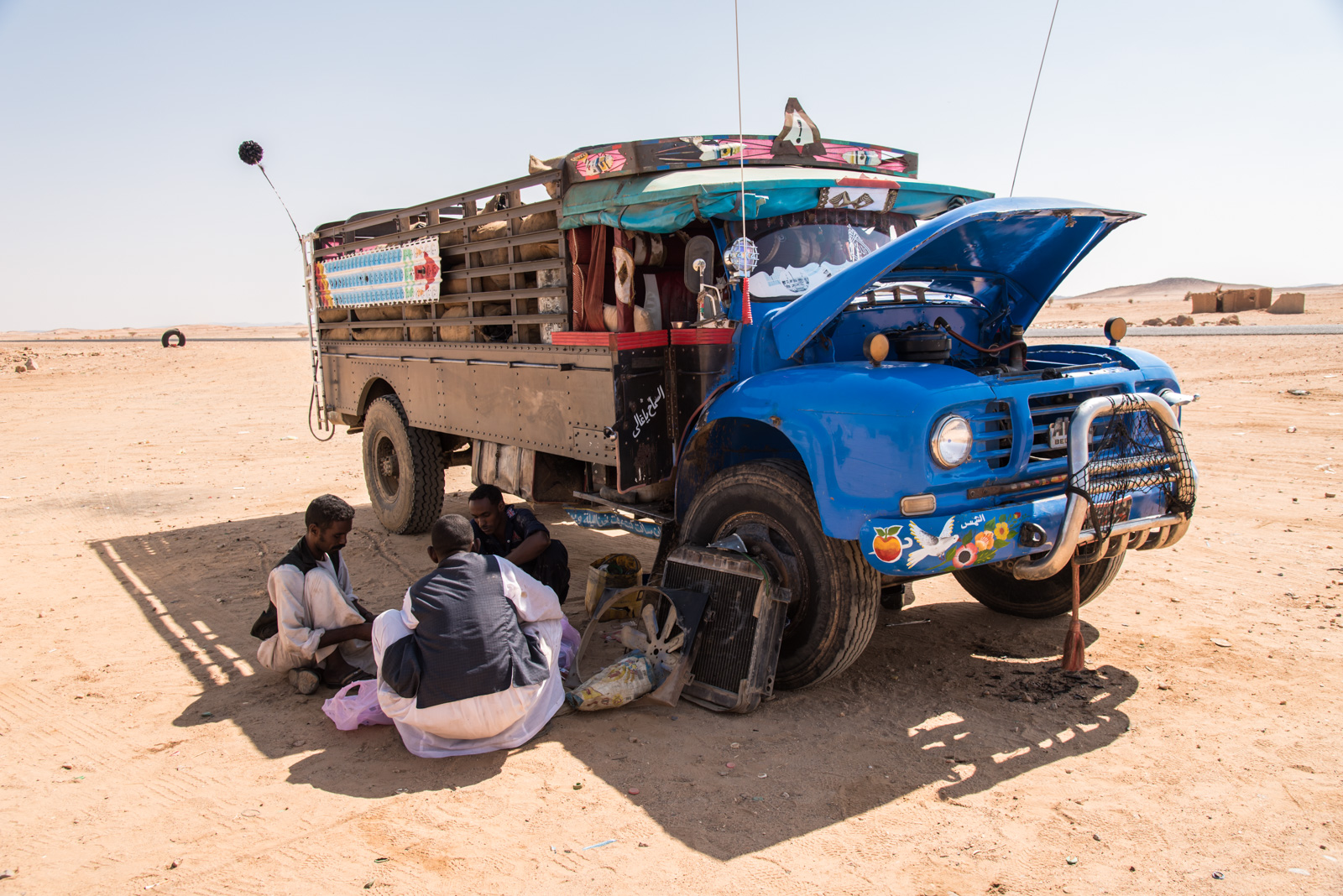


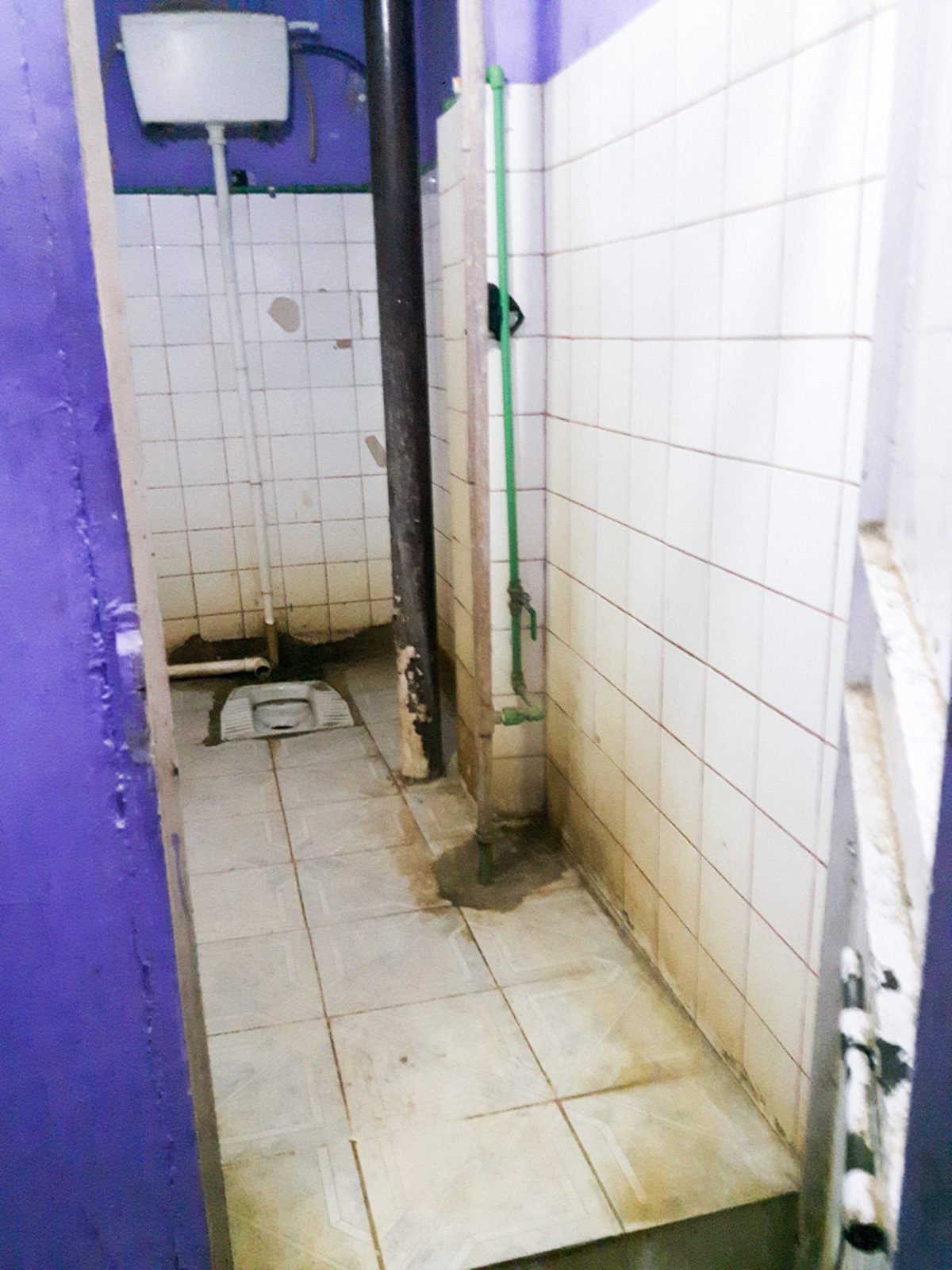
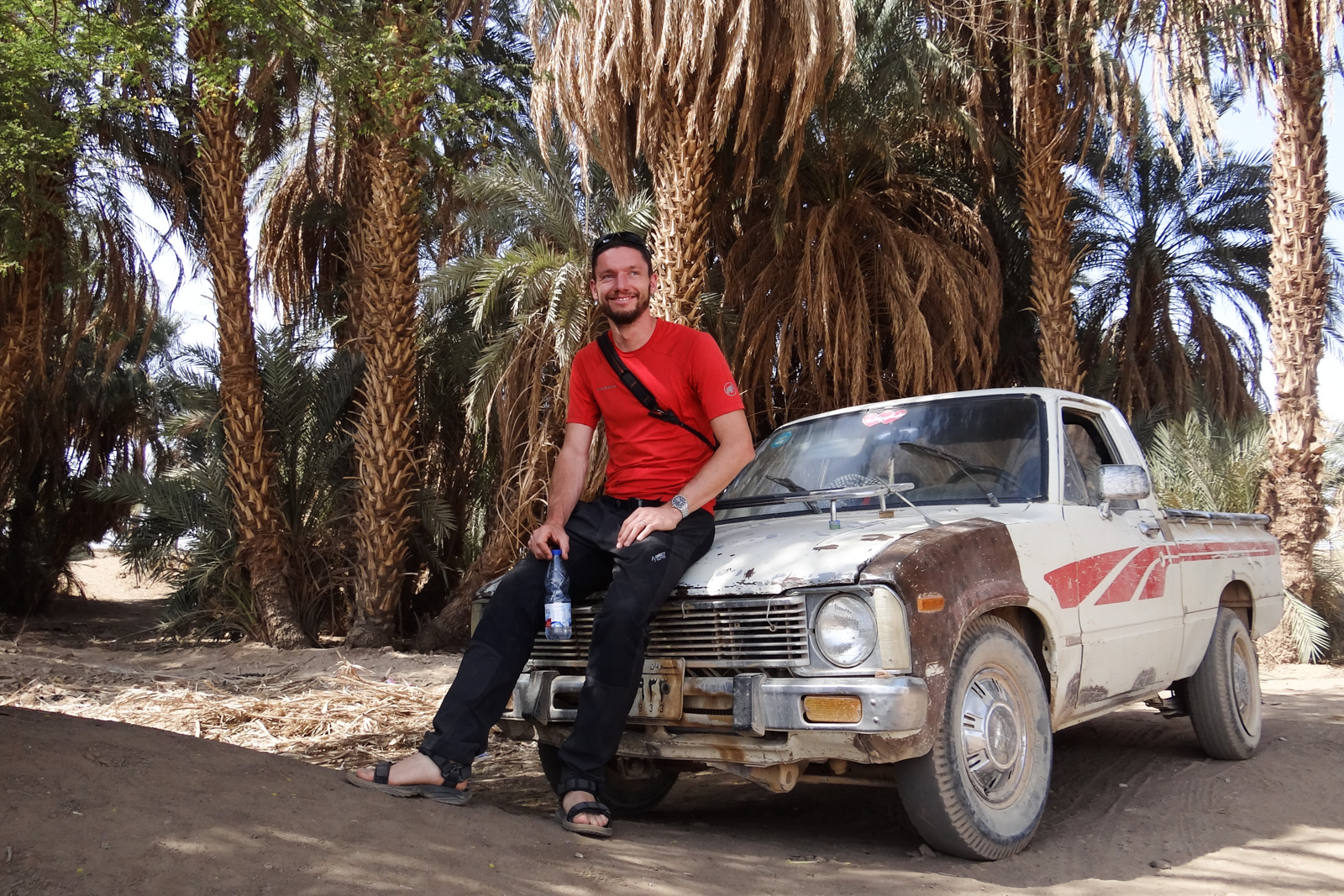

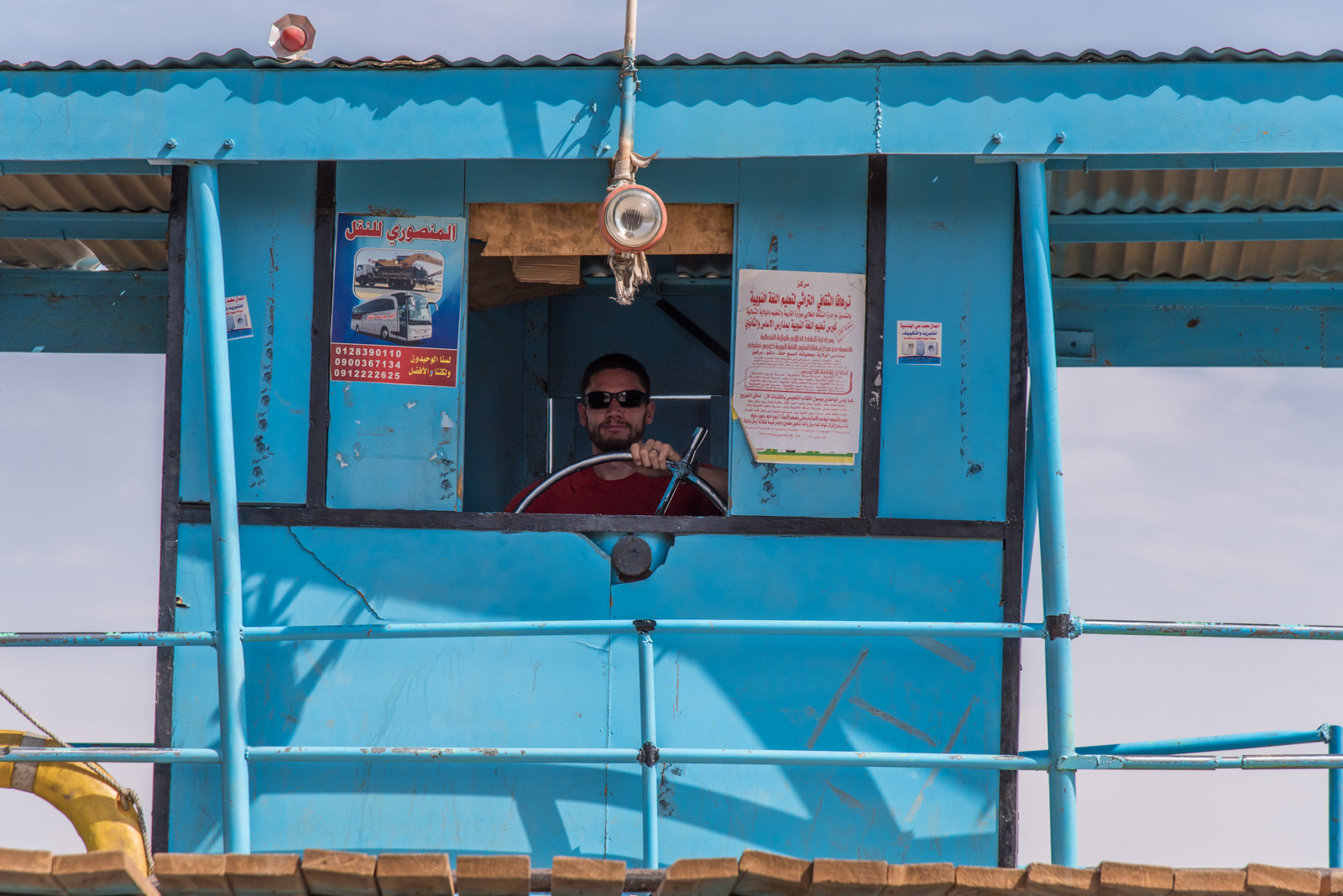


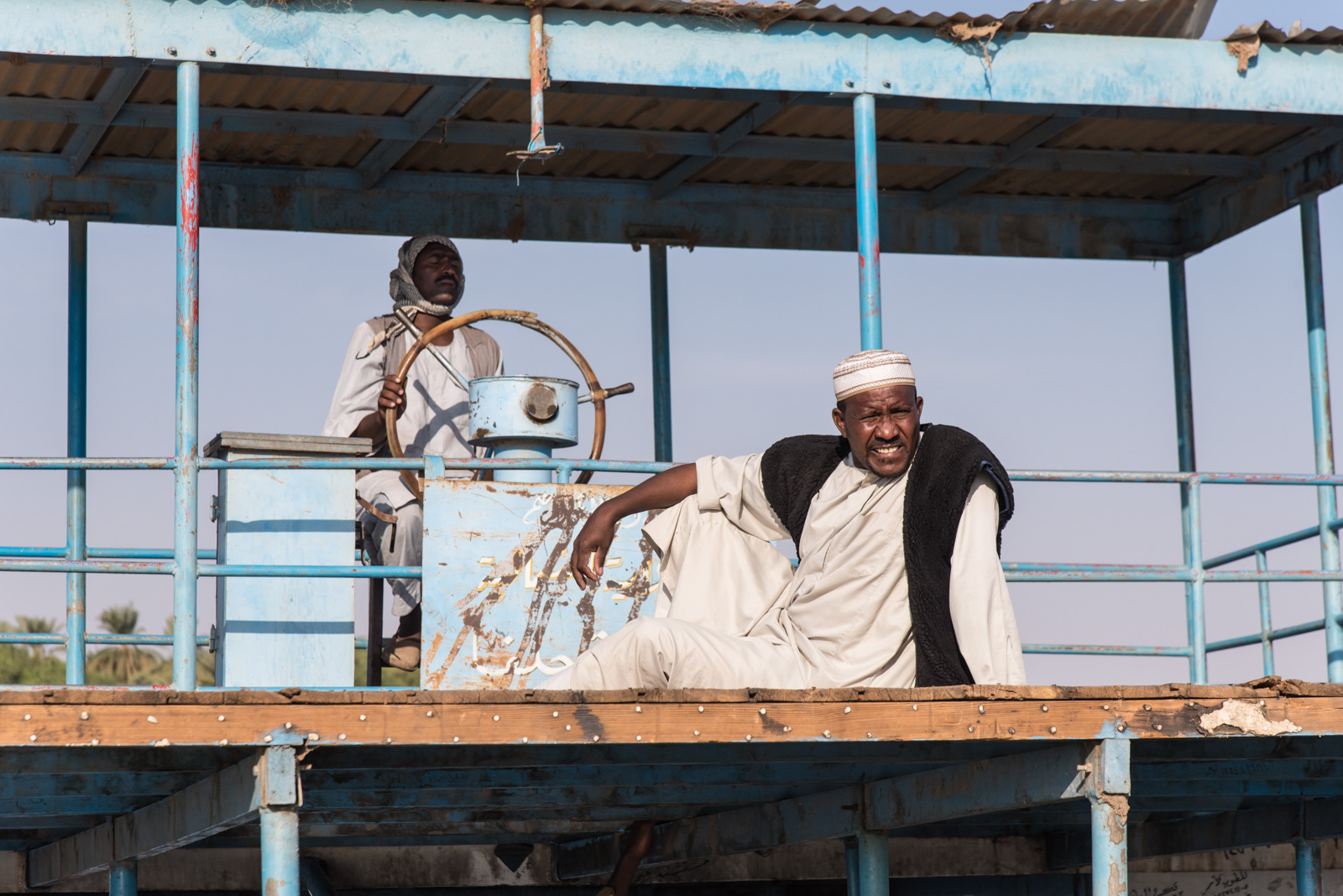
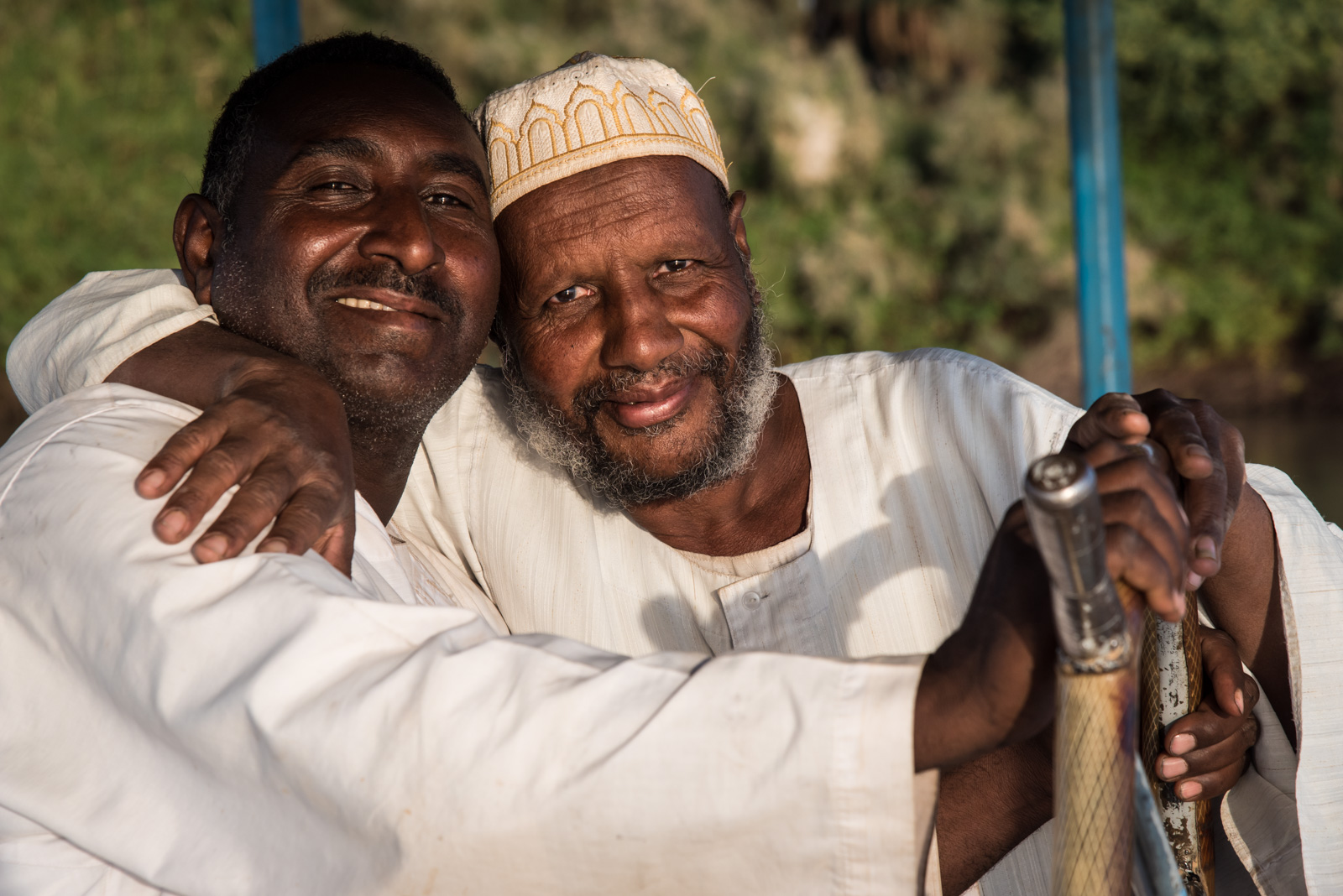
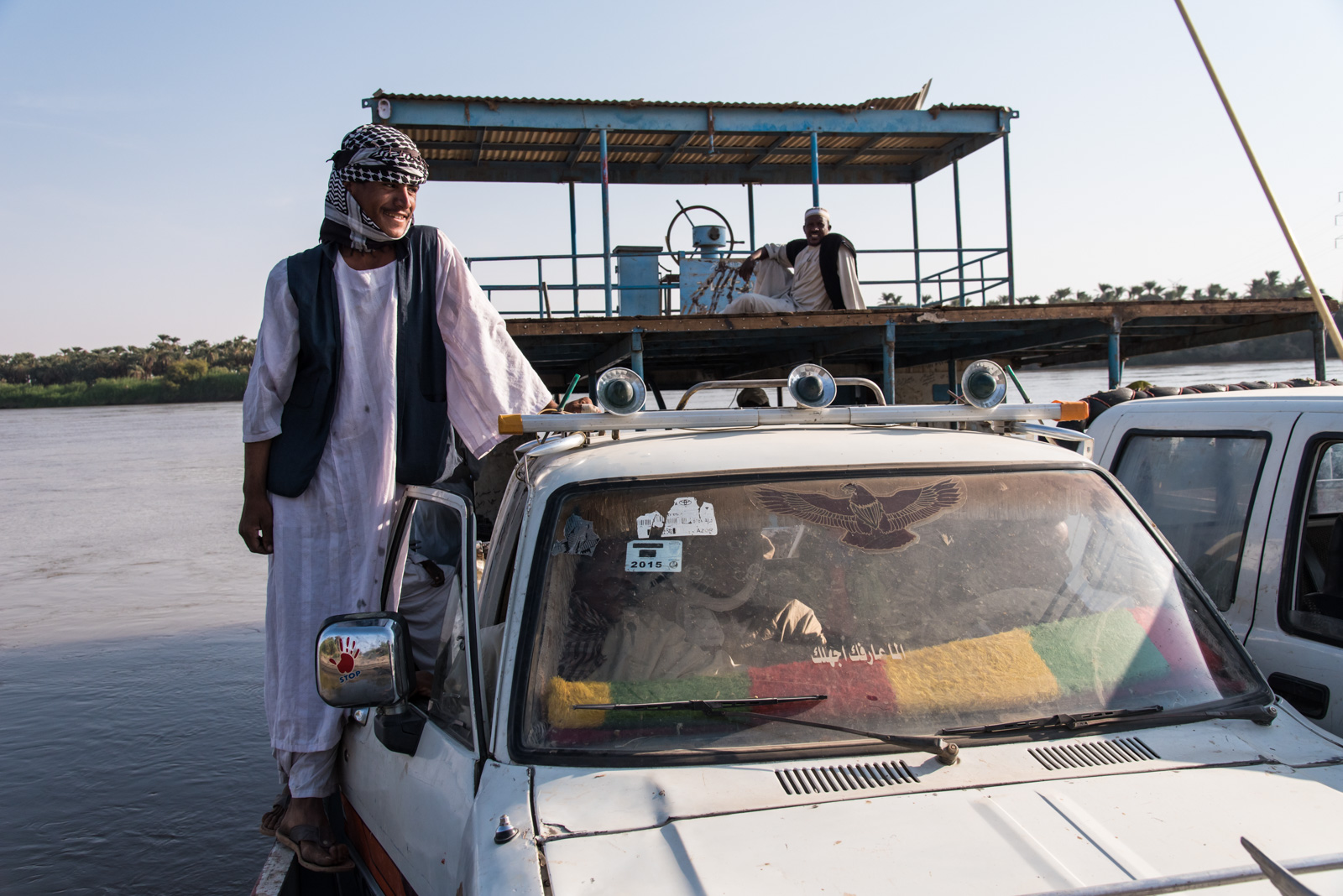
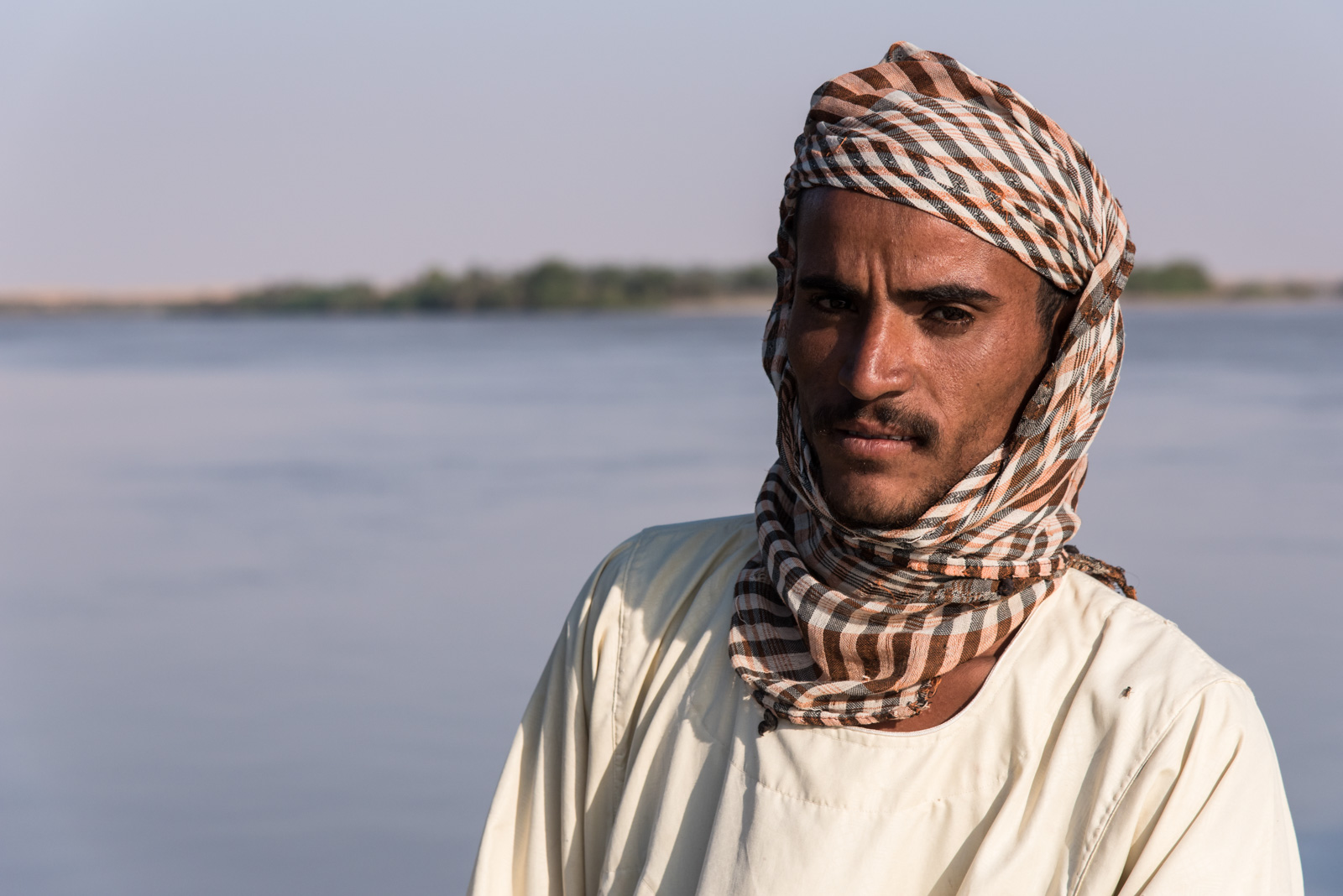
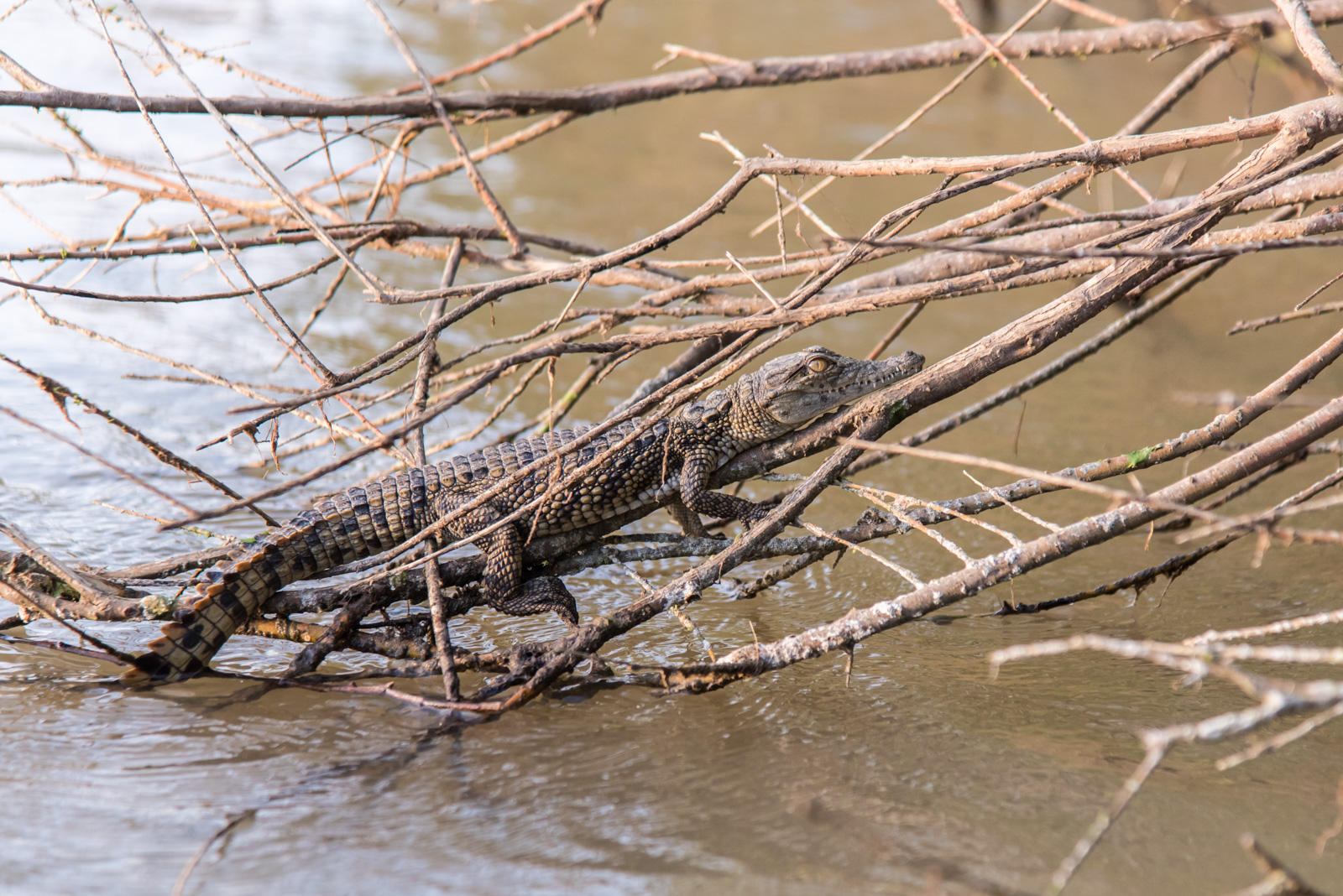
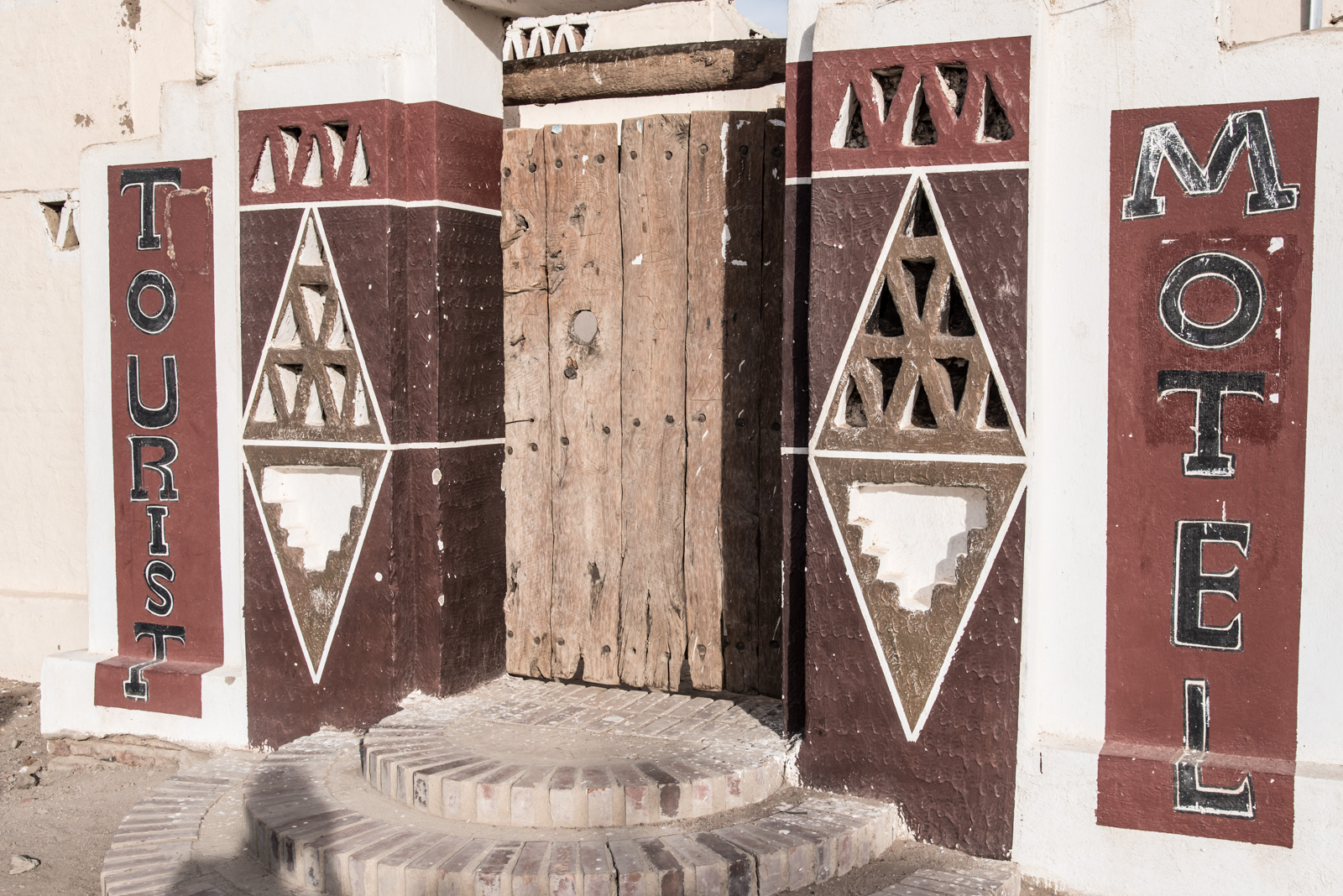
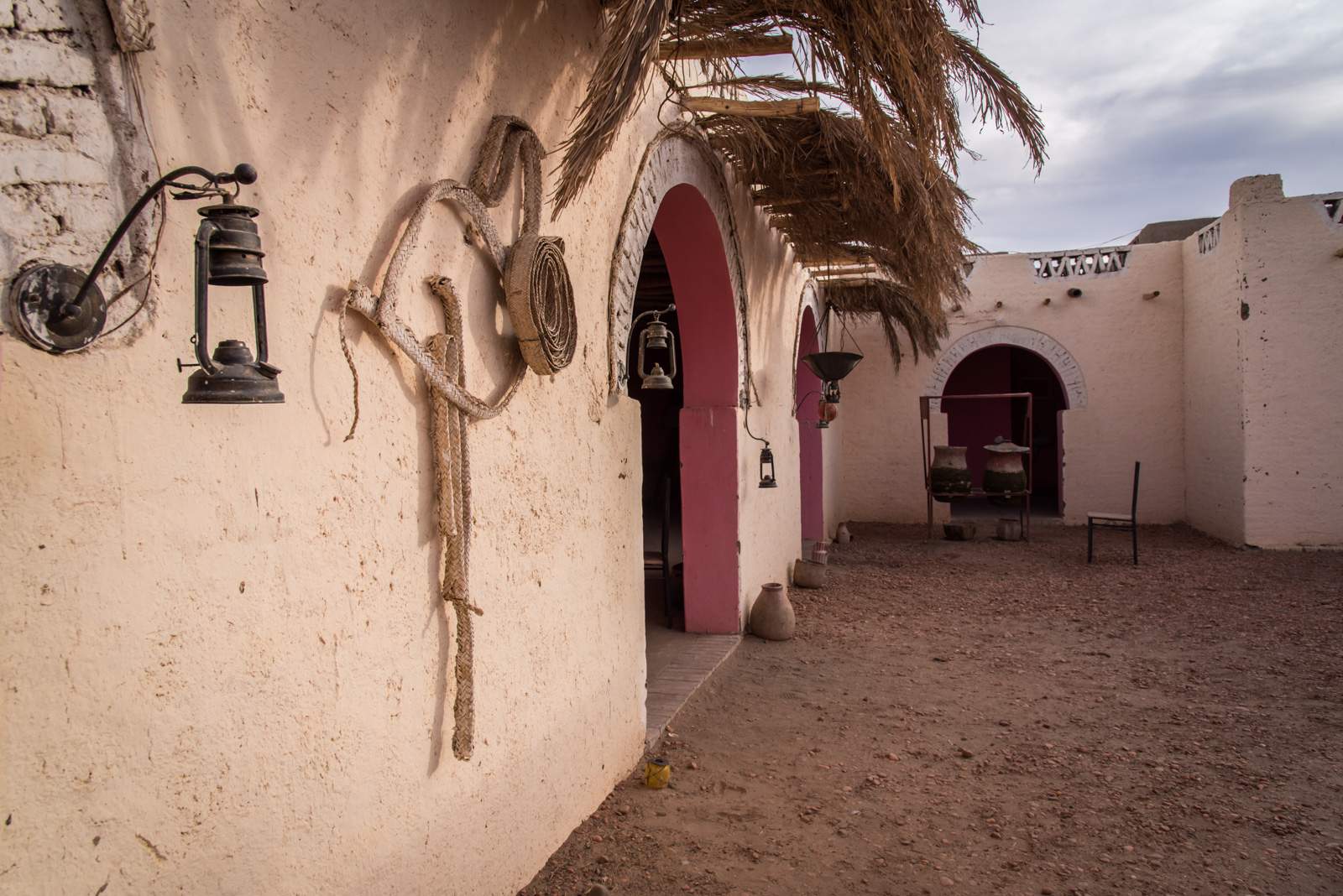
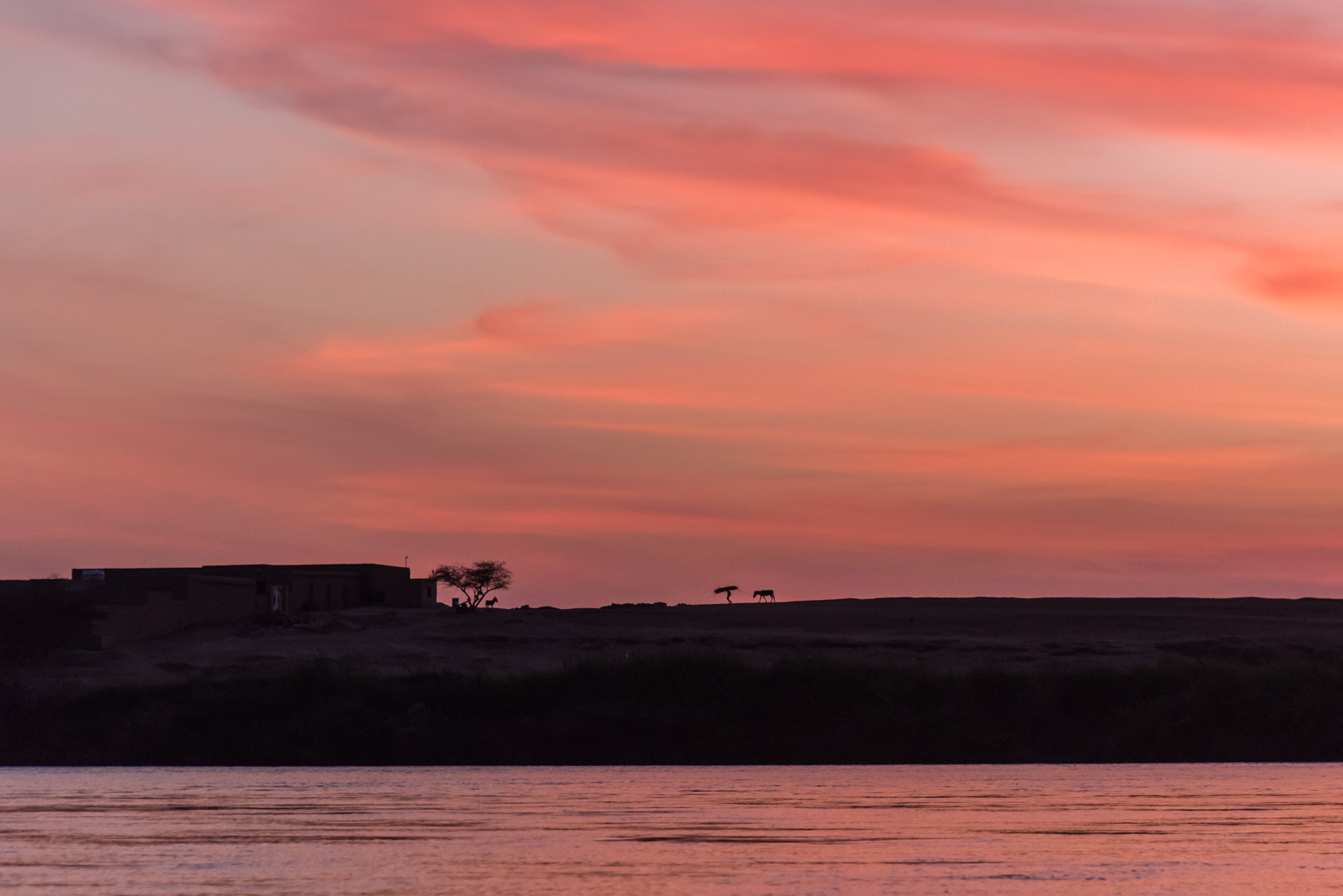
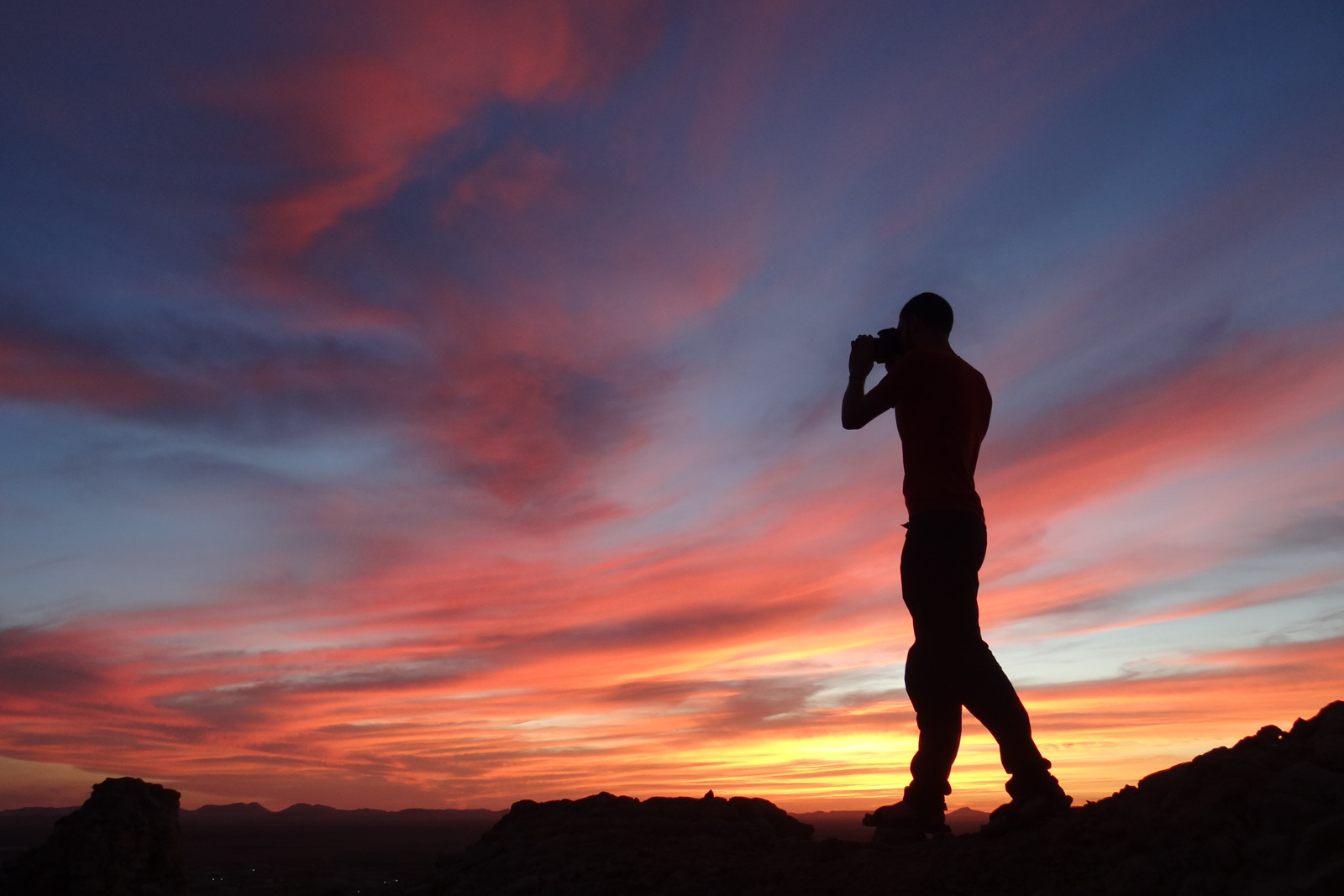
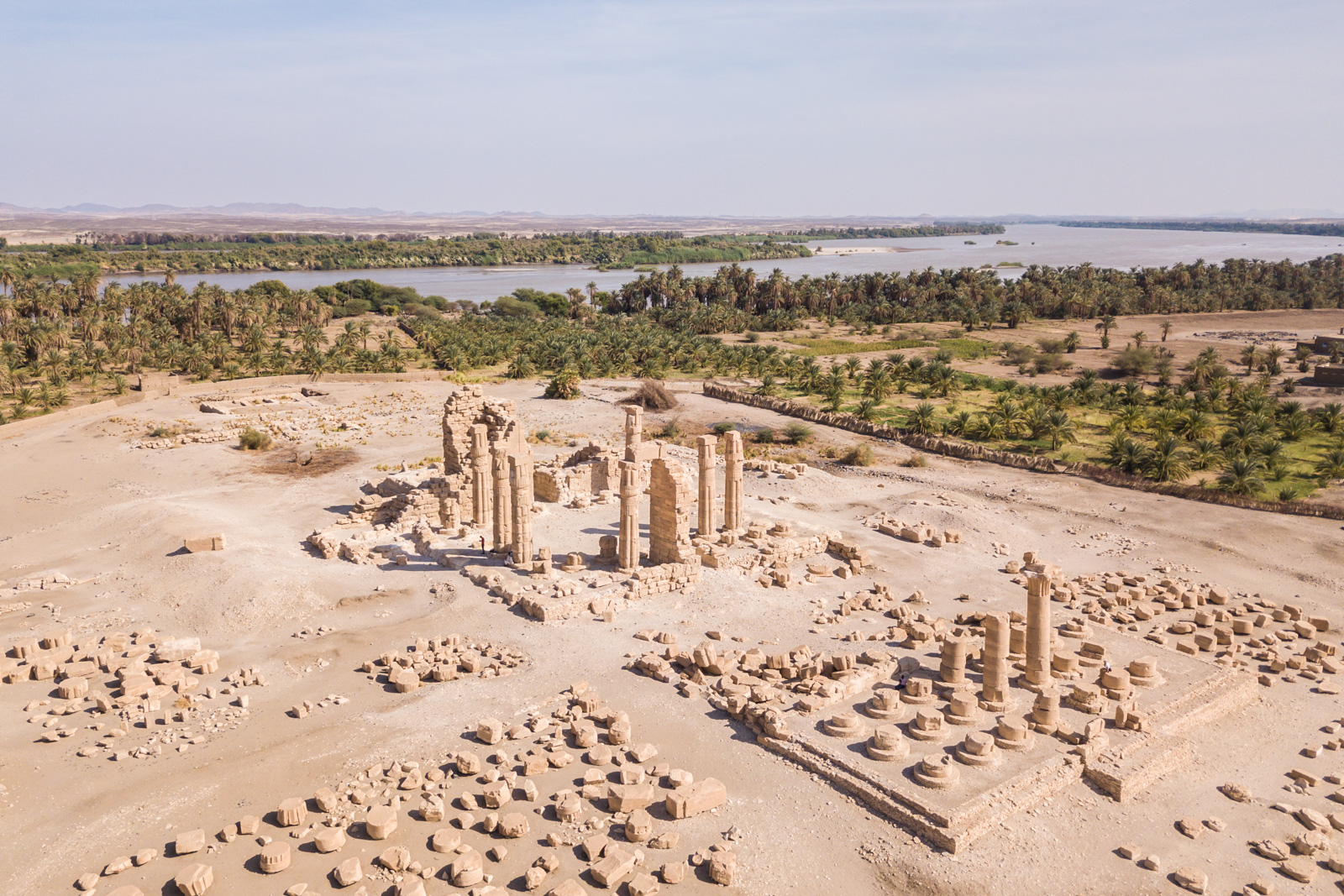

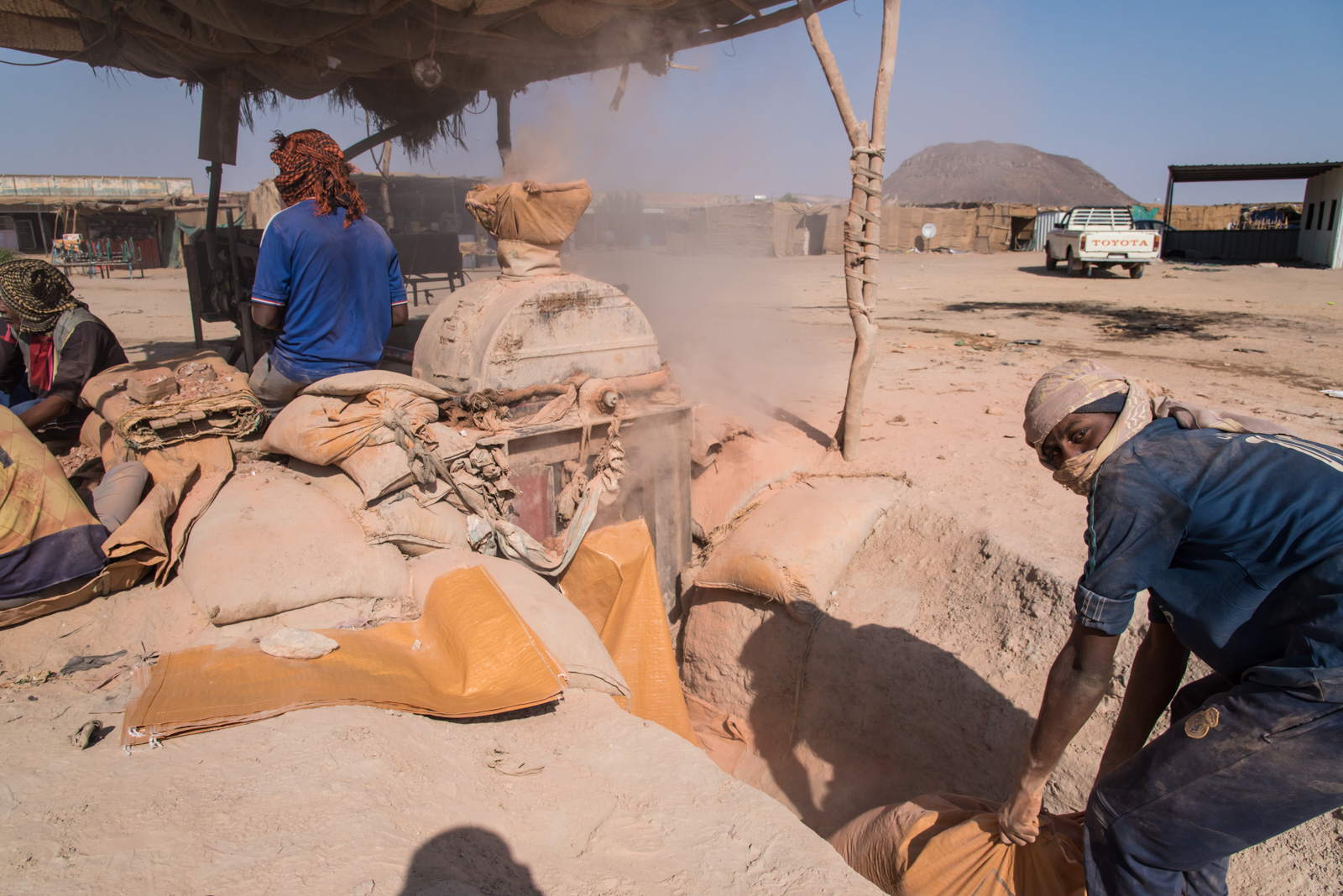
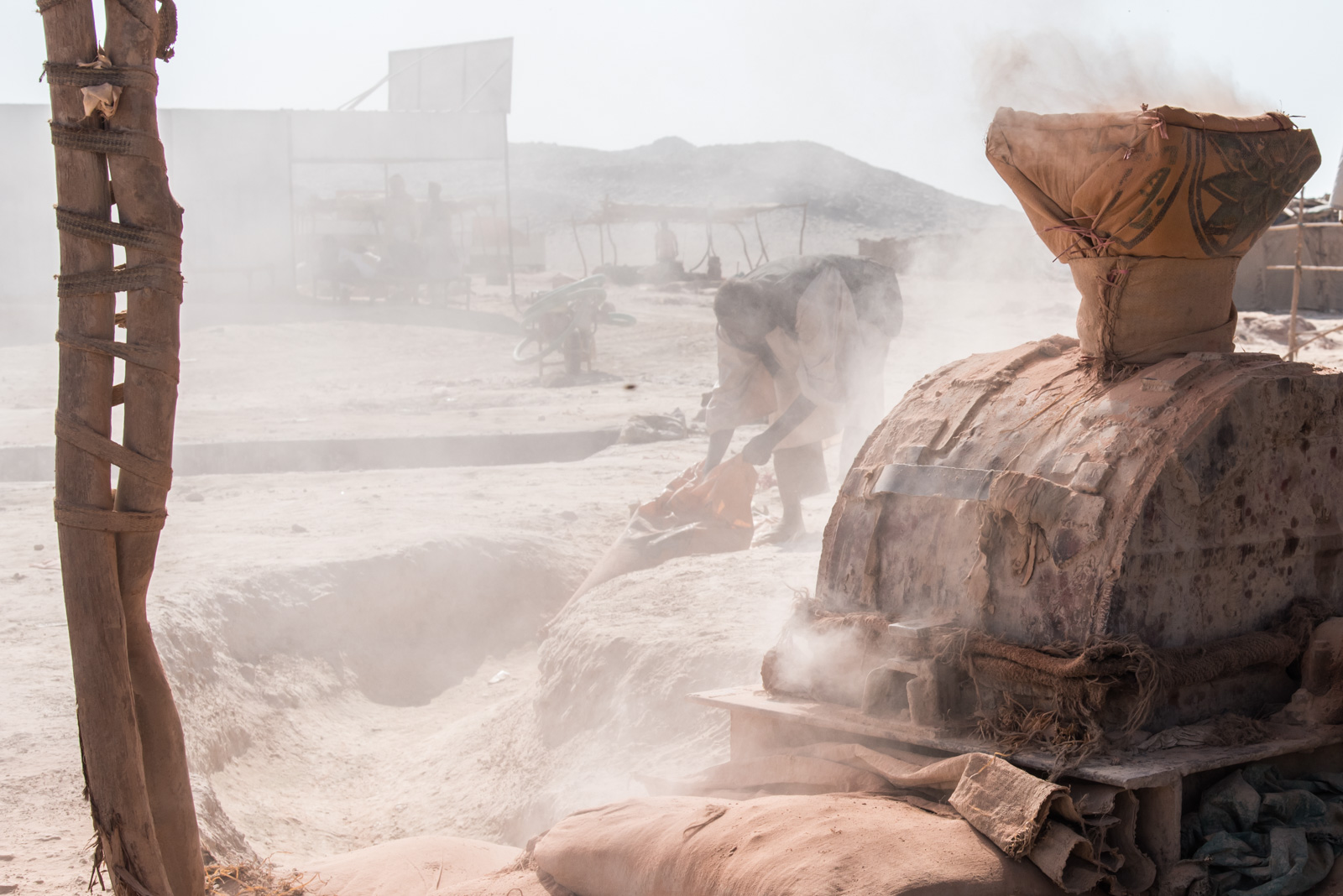
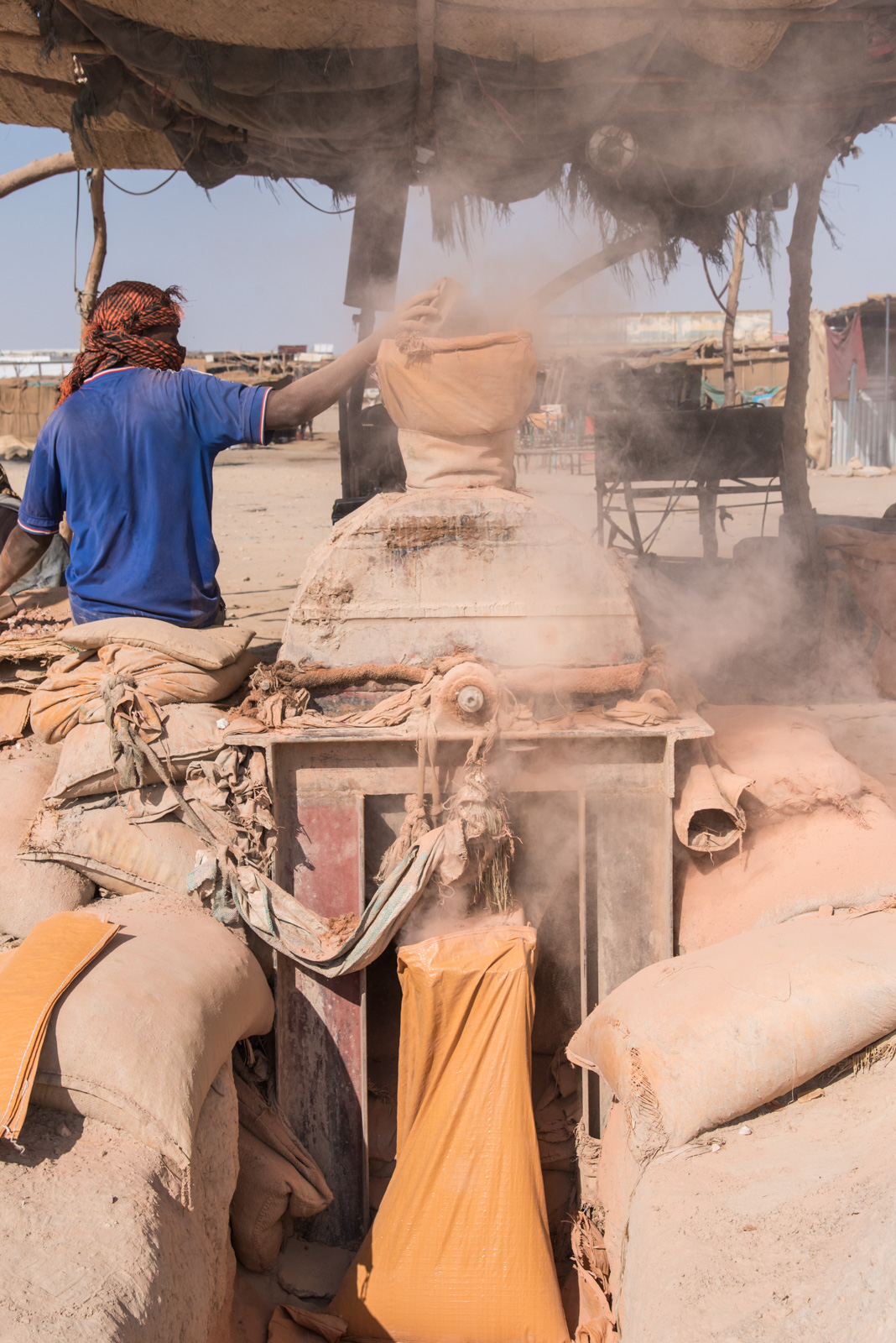
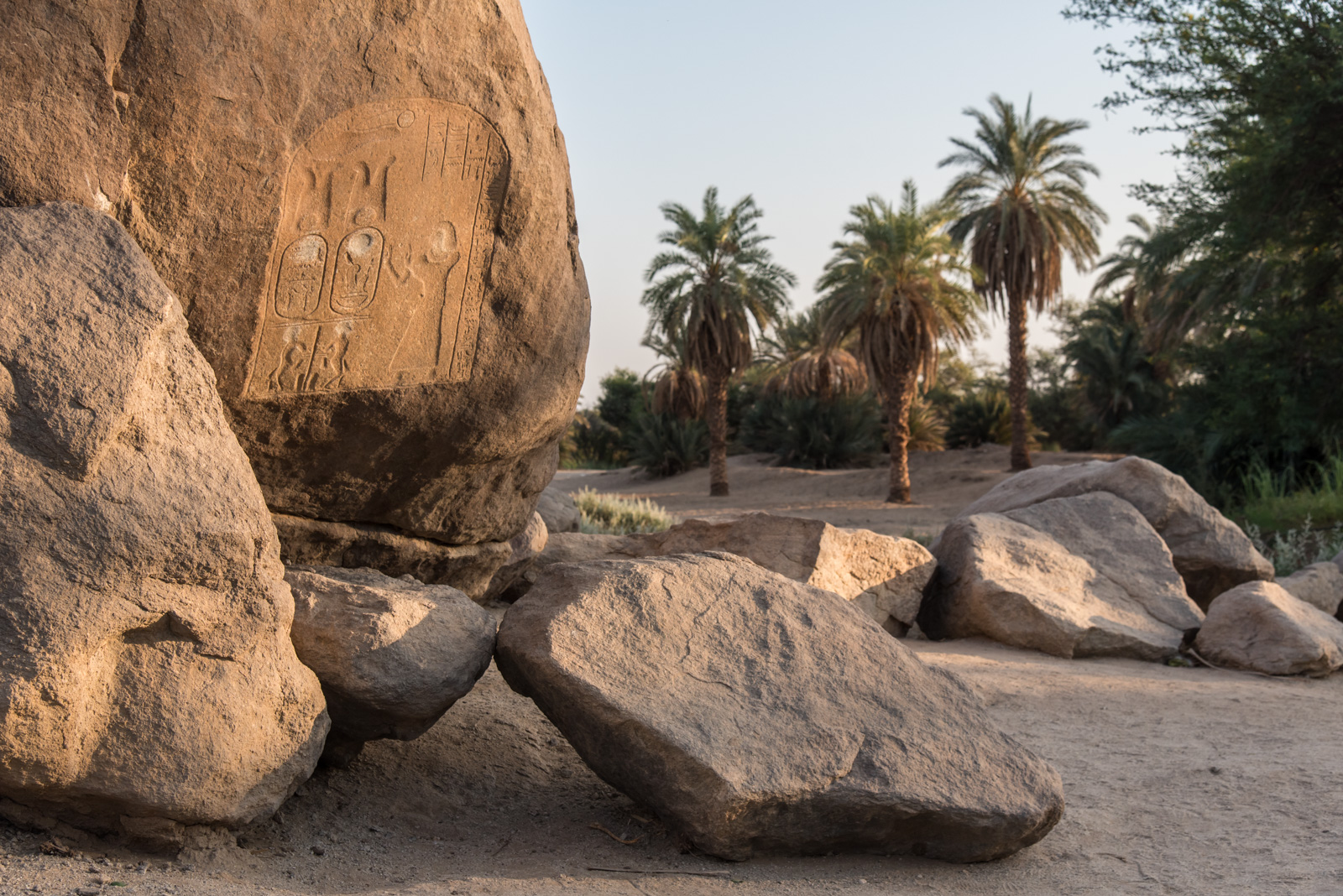
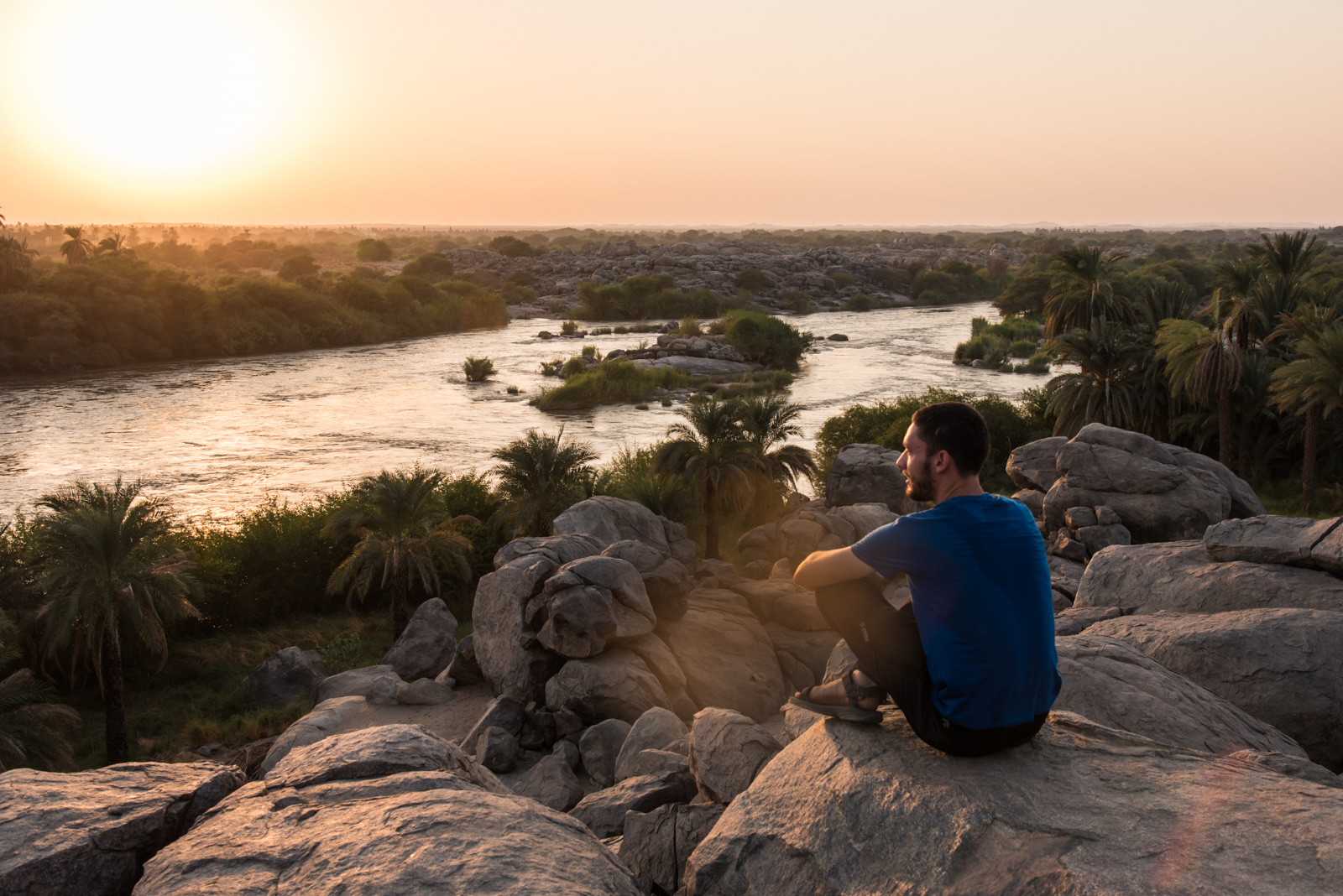
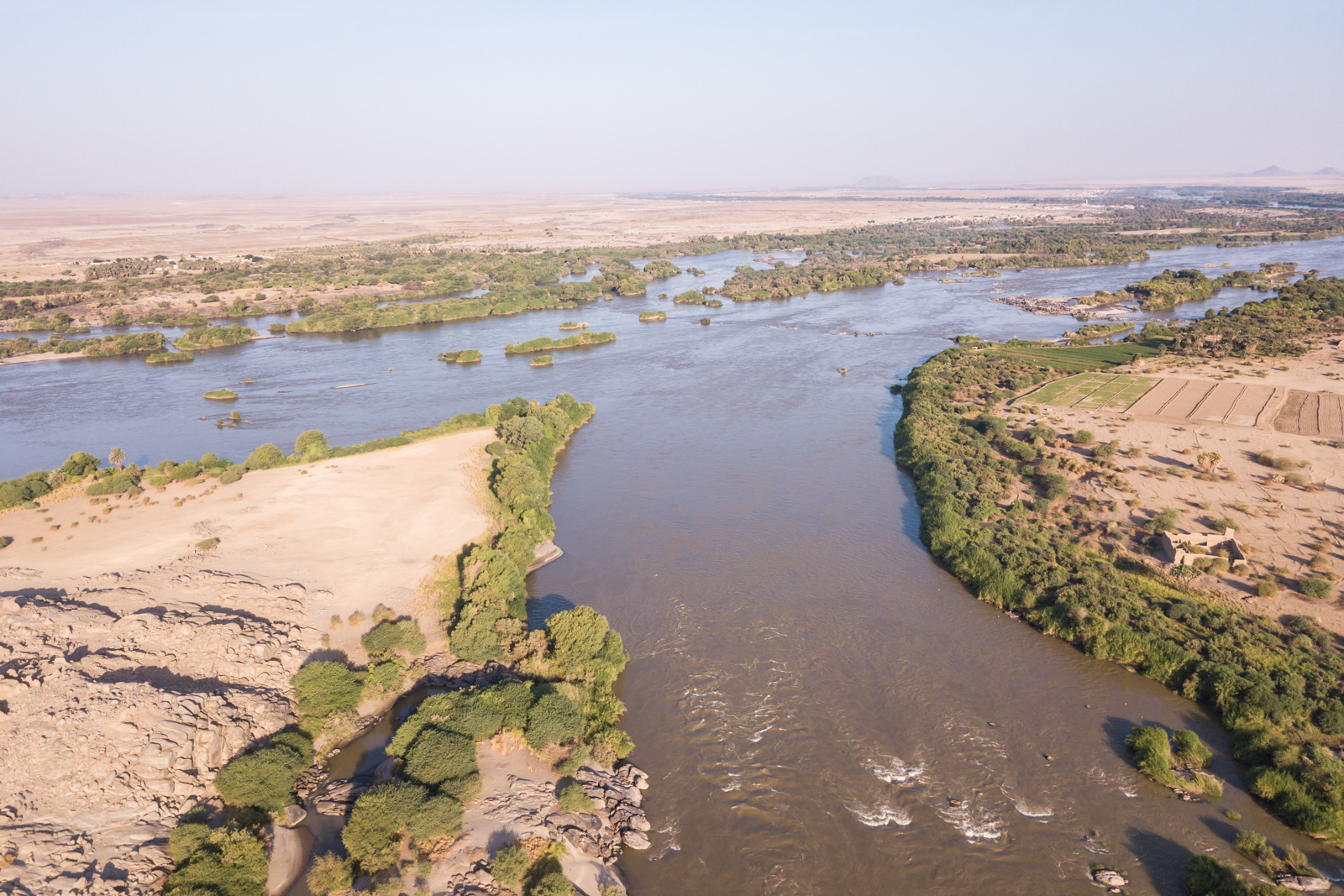

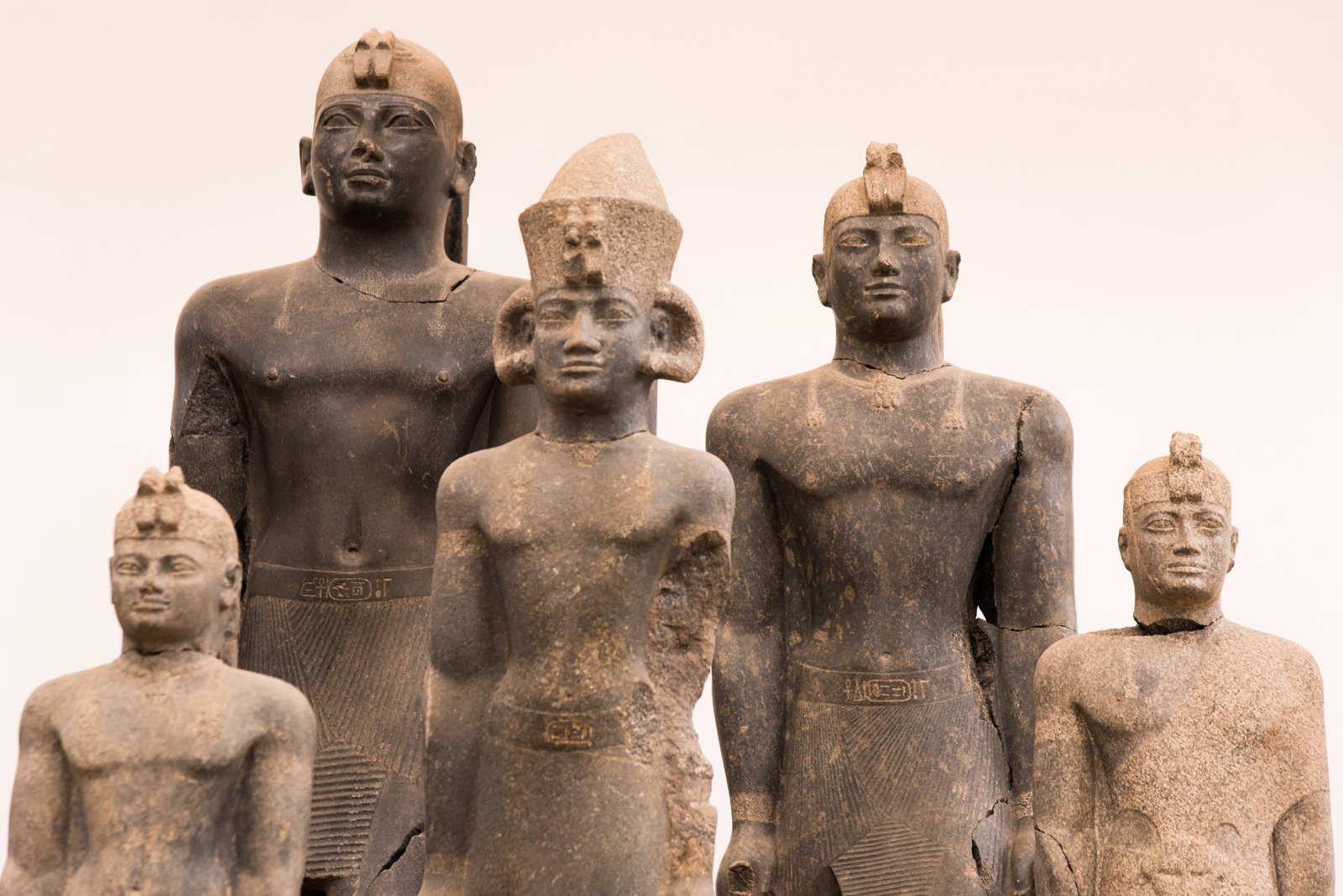
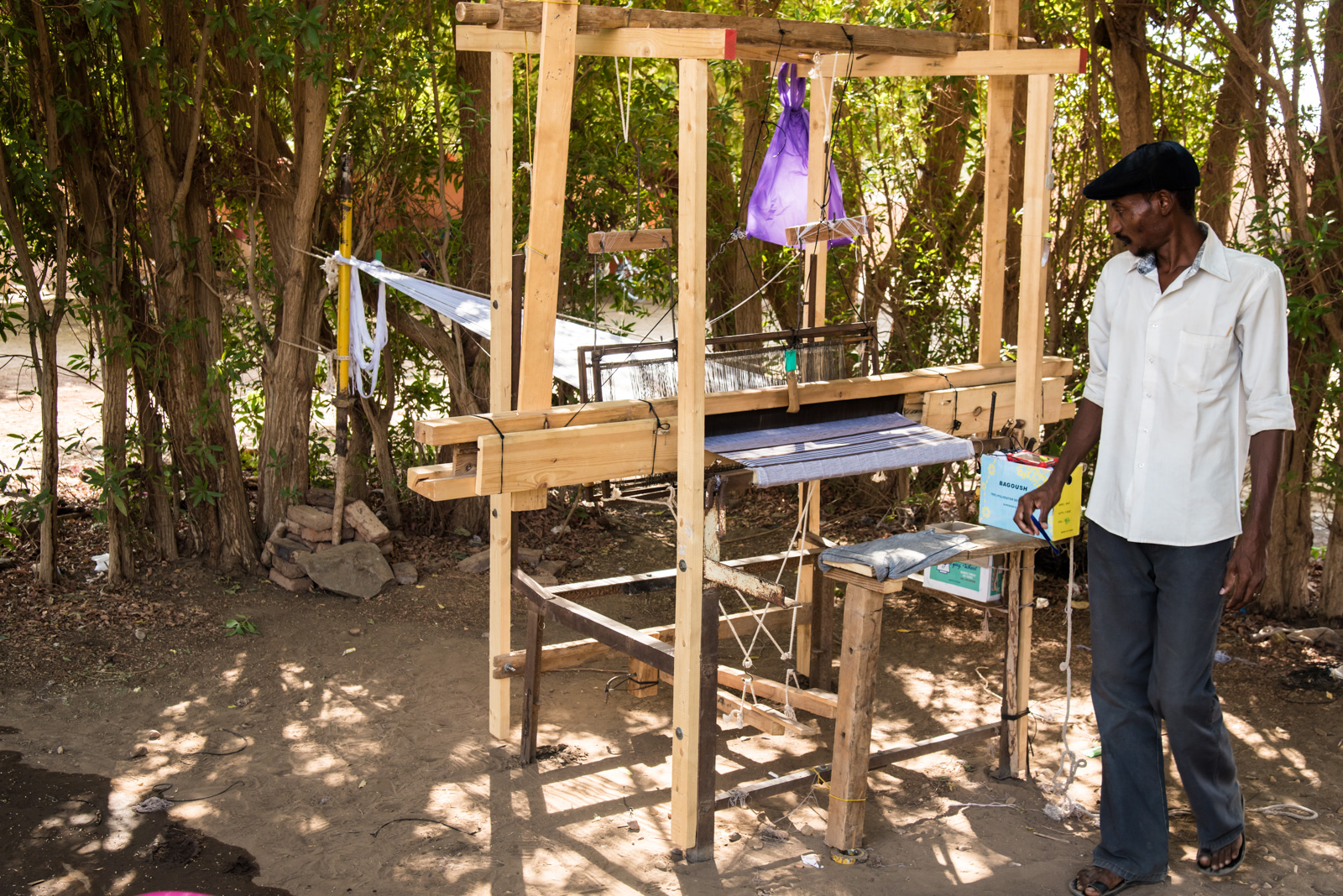
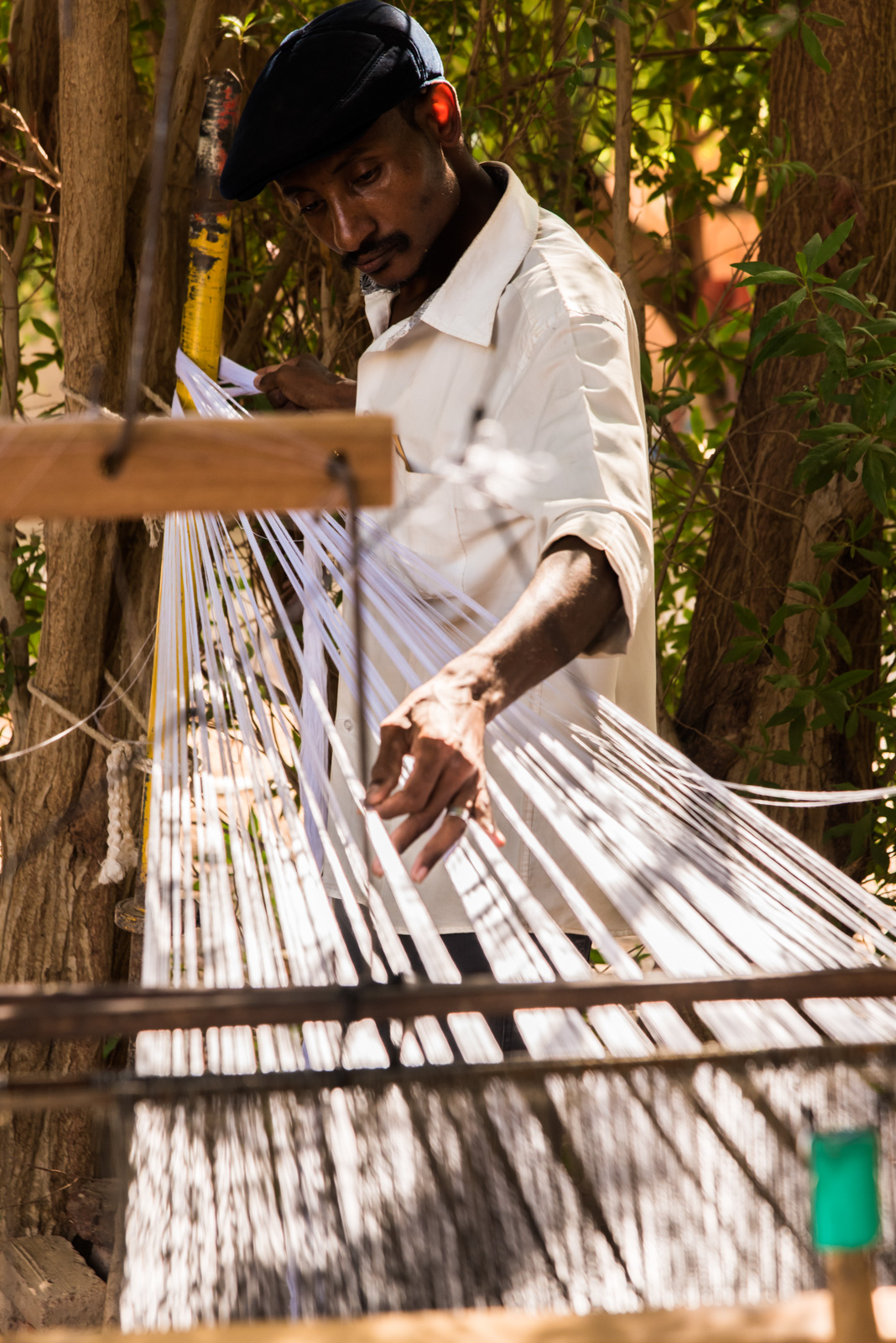
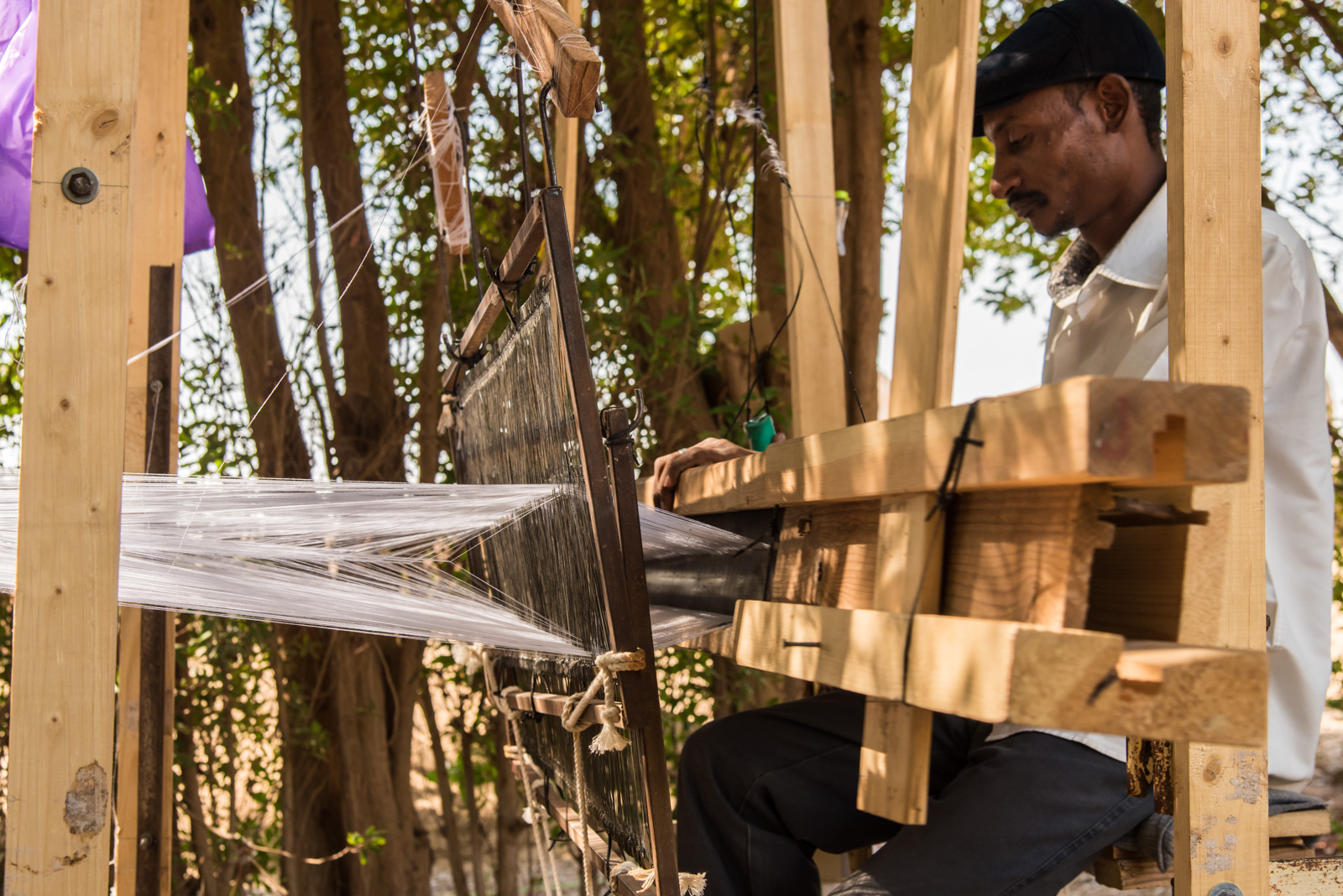

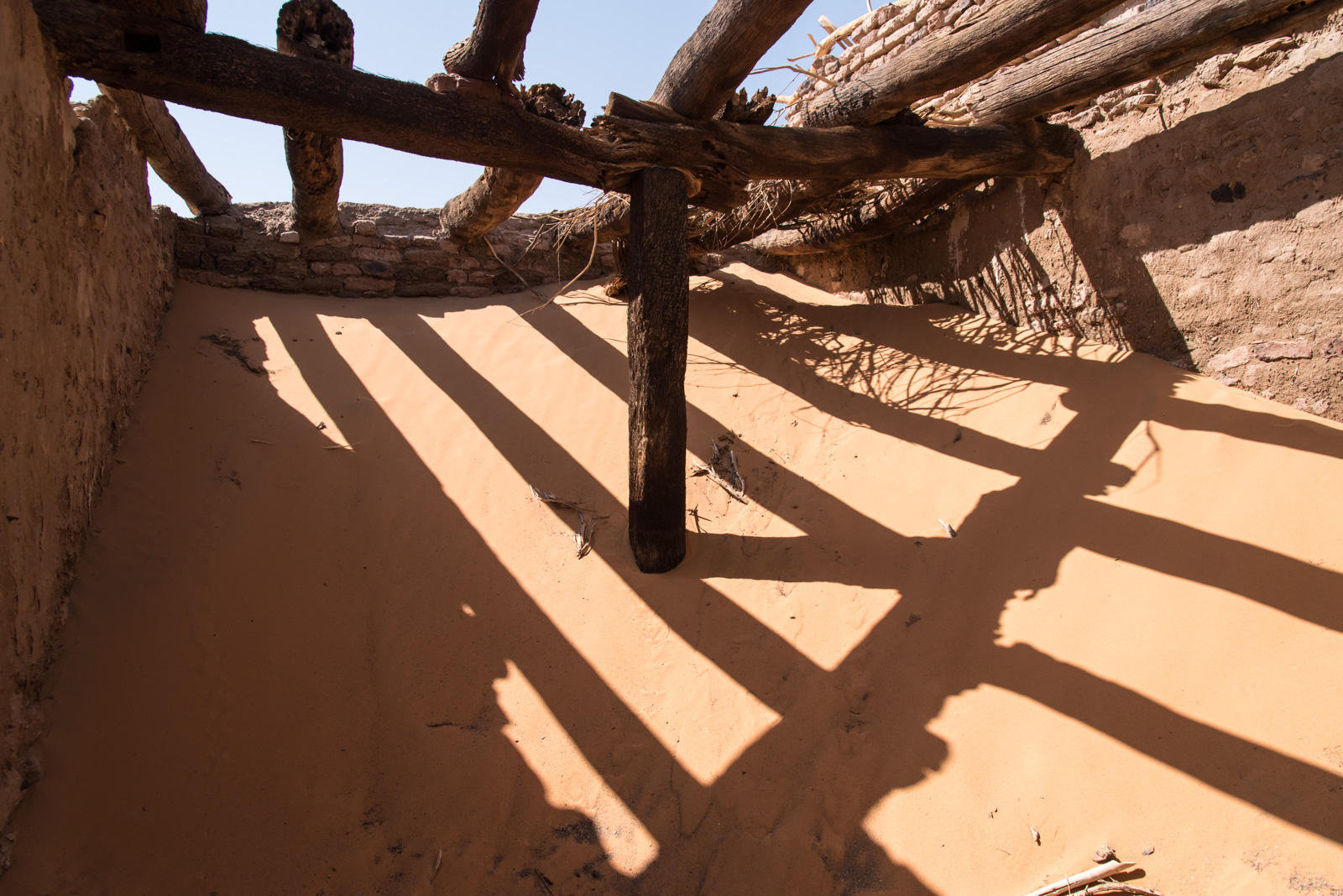
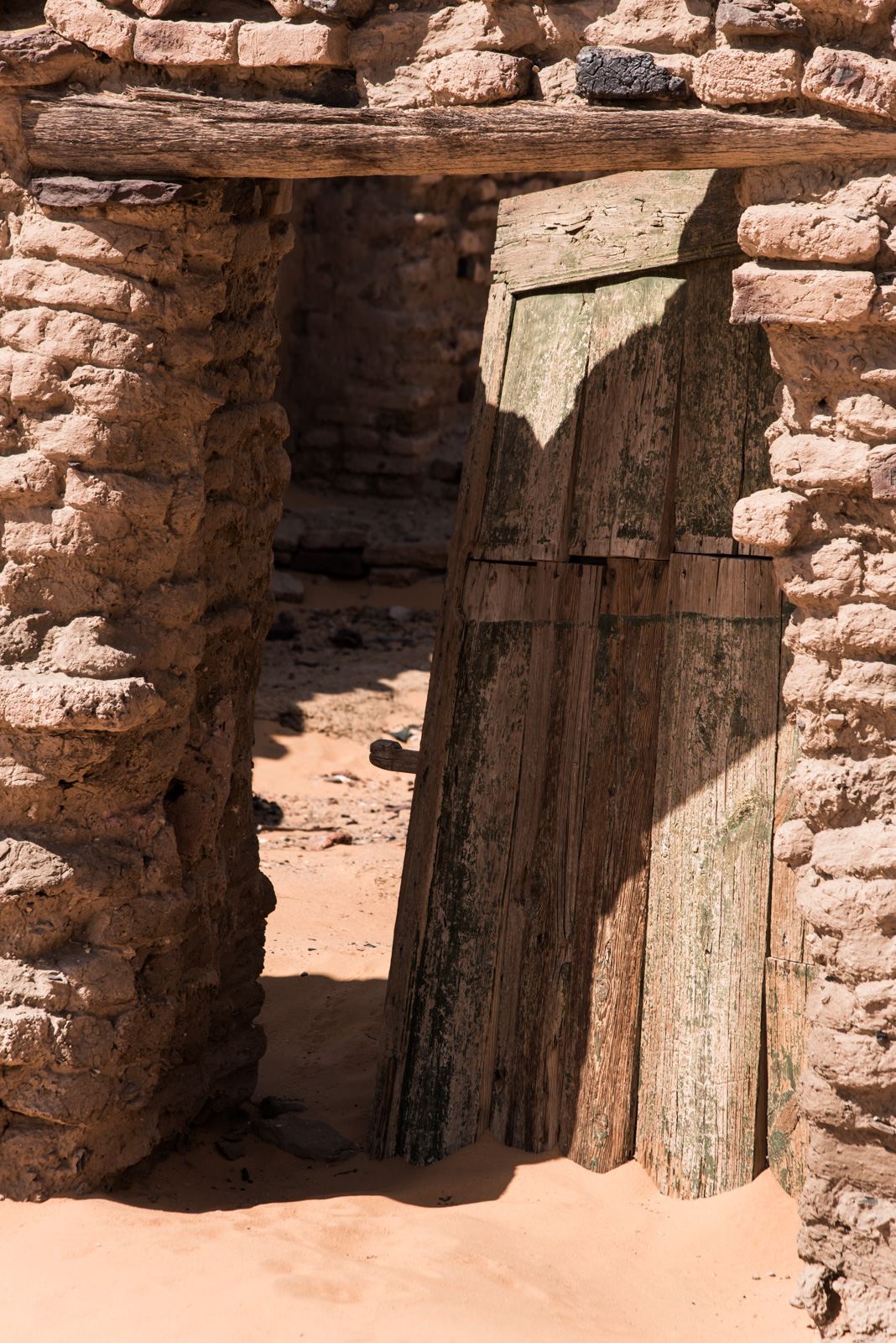
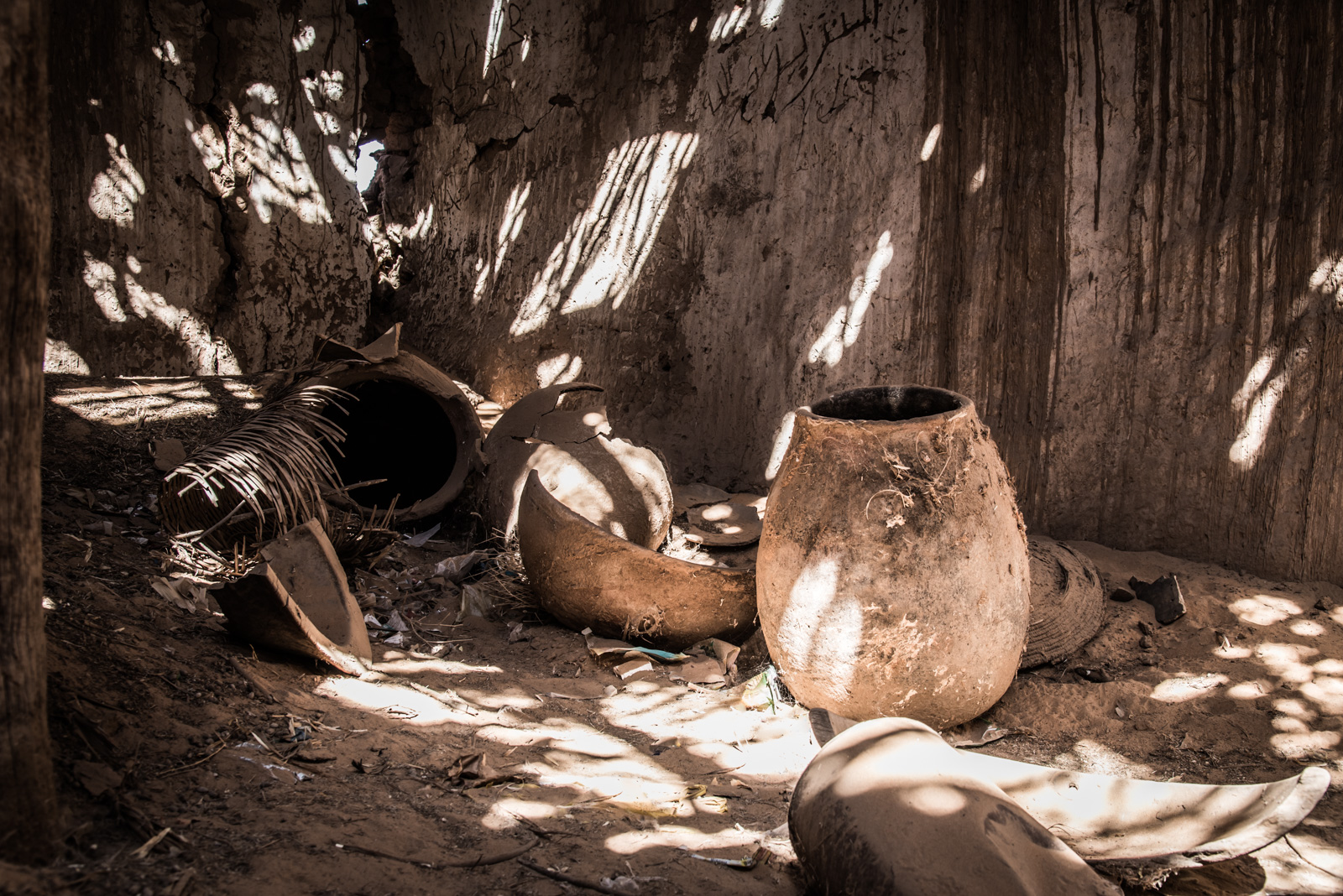
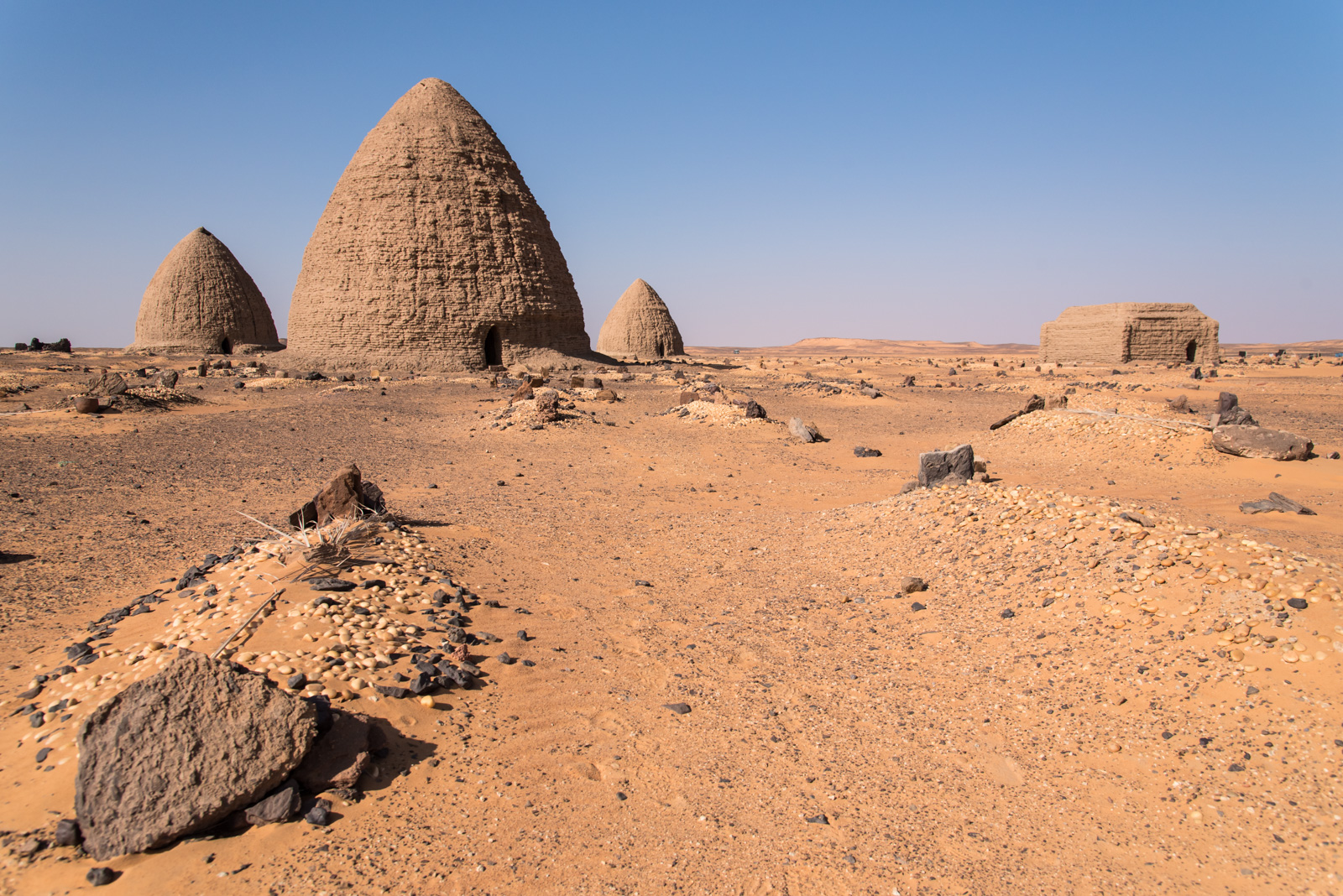
André
25. Dezember 2017Hi Thomas,
Great pictures and story telling – would love to read more from your African Adventures!
Hope you‘re doing well and having a nice Christmas time. Where are you at currently?
Safe travels,
André
thomas
25. Dezember 2017Hi Andre,
Gosia and I reached Uganda yesterday. There was virtually no internet in Ethiopia as mobile internet was shut off. But I will catch up with the blog soon!
take care,
Thomas
Christian
14. Dezember 2017Hallo Thomas,
deine Bilder und Geschichten sind wunderbar und bringen Fernweh nach Deutschland. Gab es auf deiner Reise auch schon Begegnungen mit Tieren?
Viele Grüße
Christian
Marcel
10. Dezember 2017Beautiful and exciting. Go ahead and take care of yourself!
Steffen
3. Dezember 2017Today we celebrated the first Advent. Our landscape is wrapped in a delicate white and the snow ensures that all sounds are pleasantly muted. Your pictures seem to come from very far away, can’t believe that you are only a few flight hours away from us. The sun is the same in a relative way but I’m feeling colder. Please more heart warming pictures and stories.